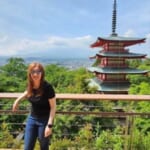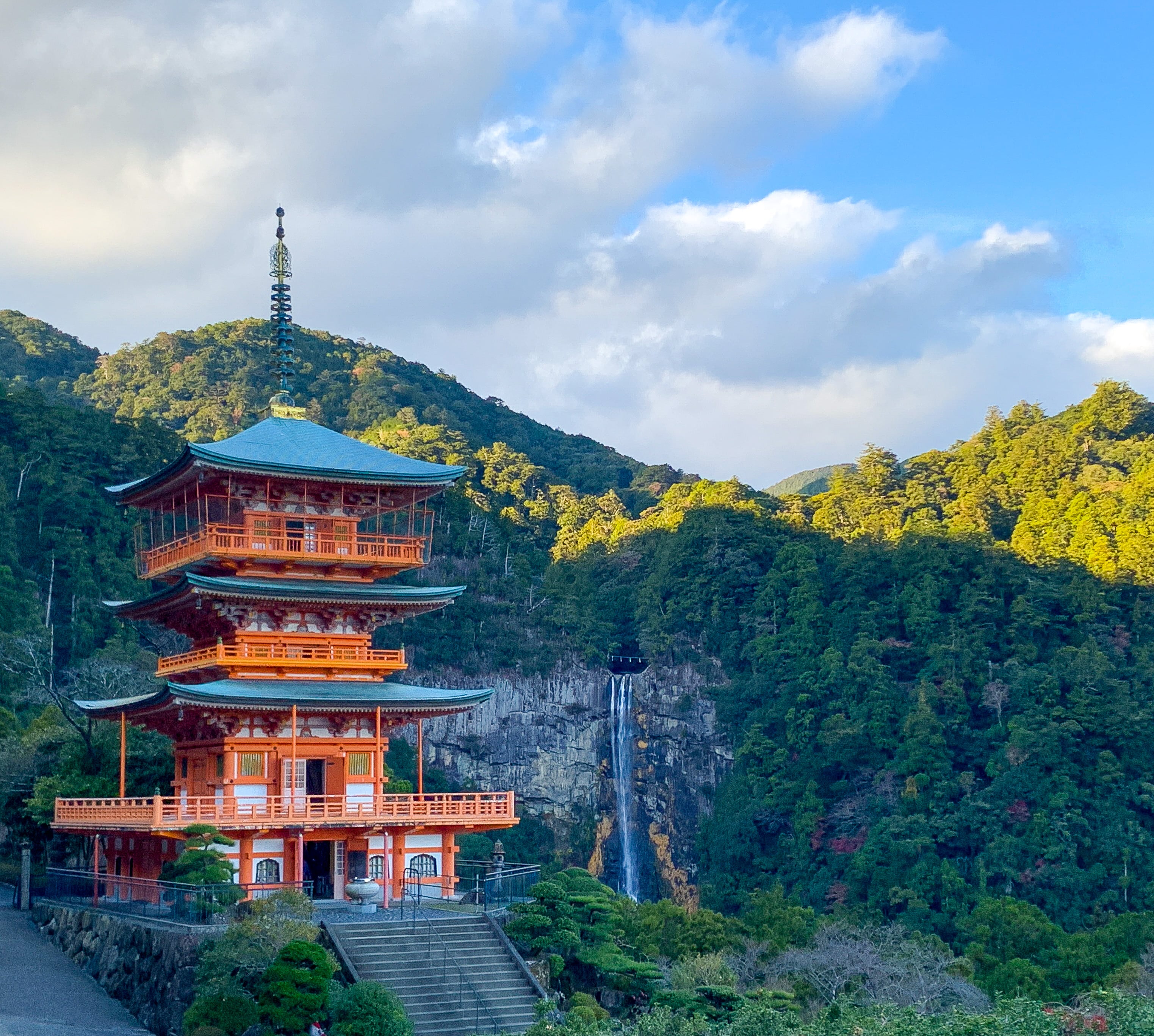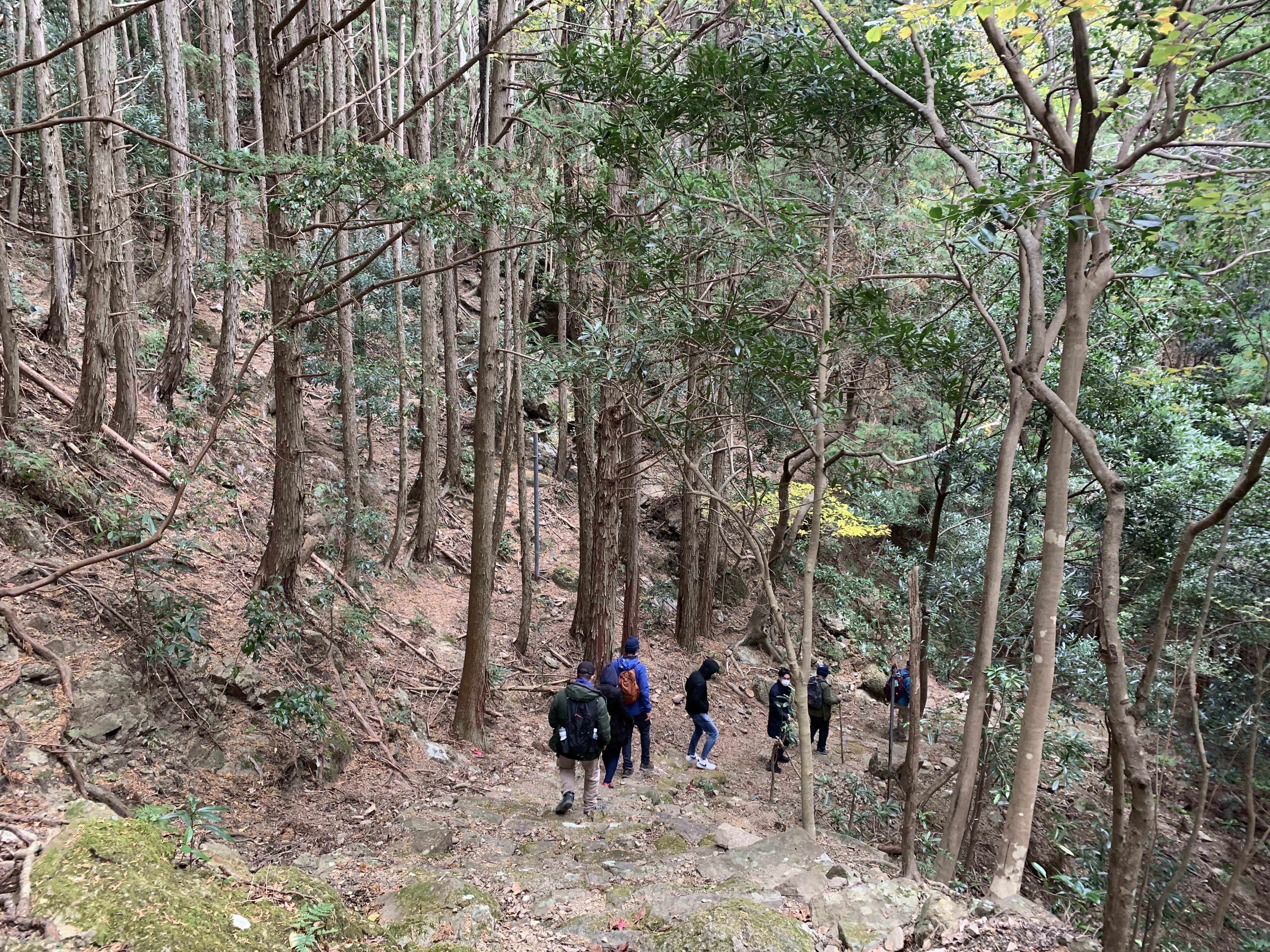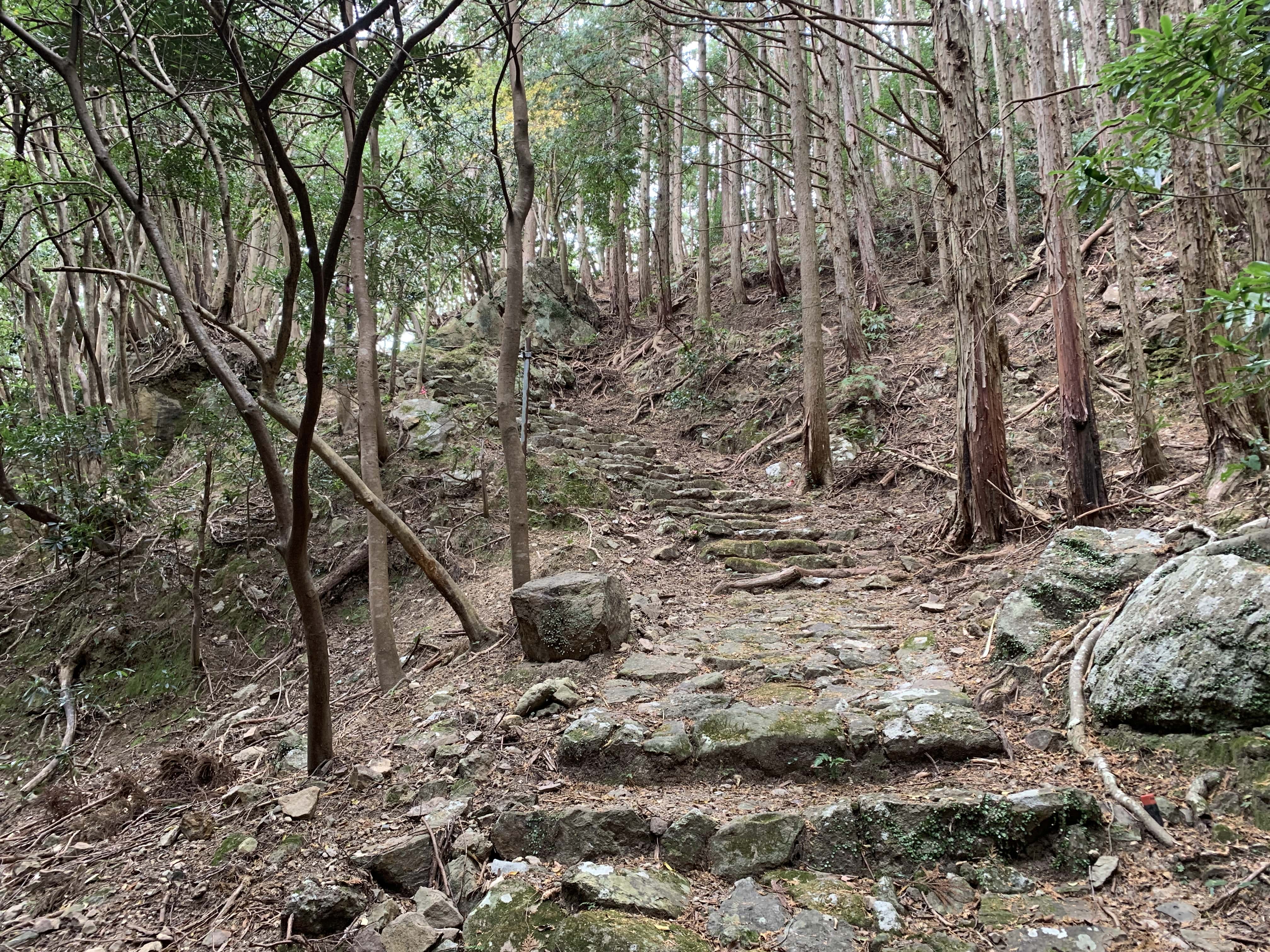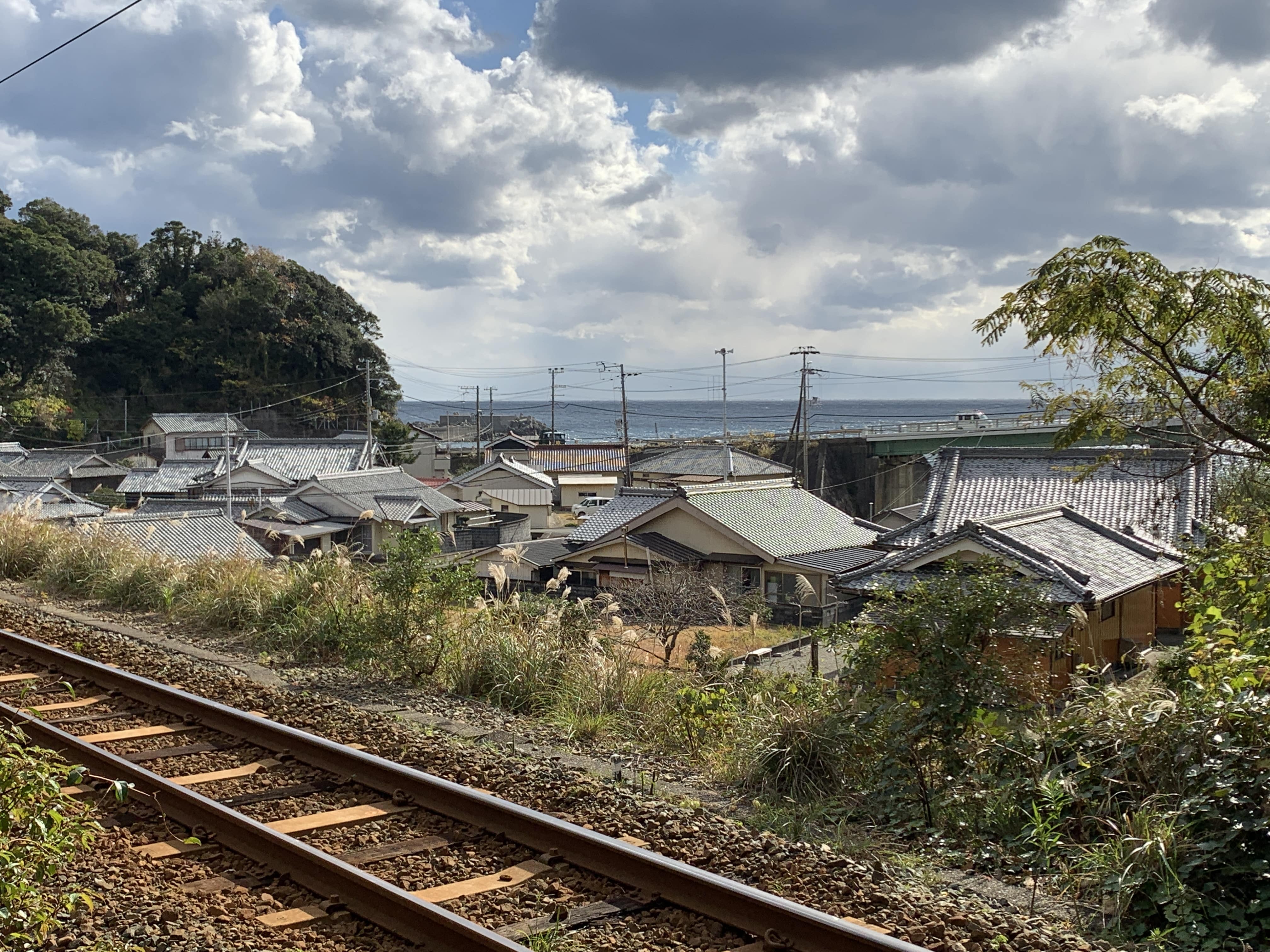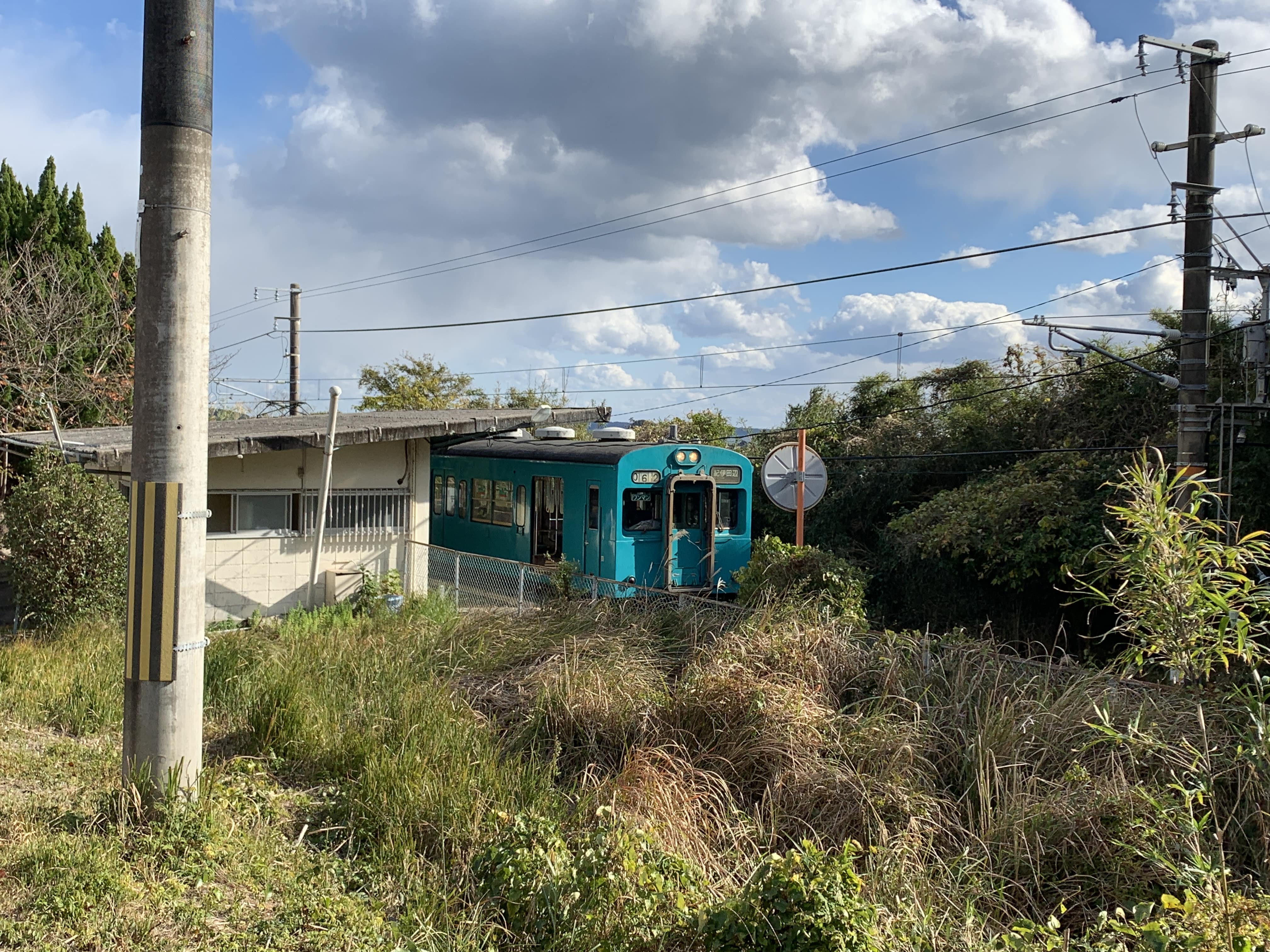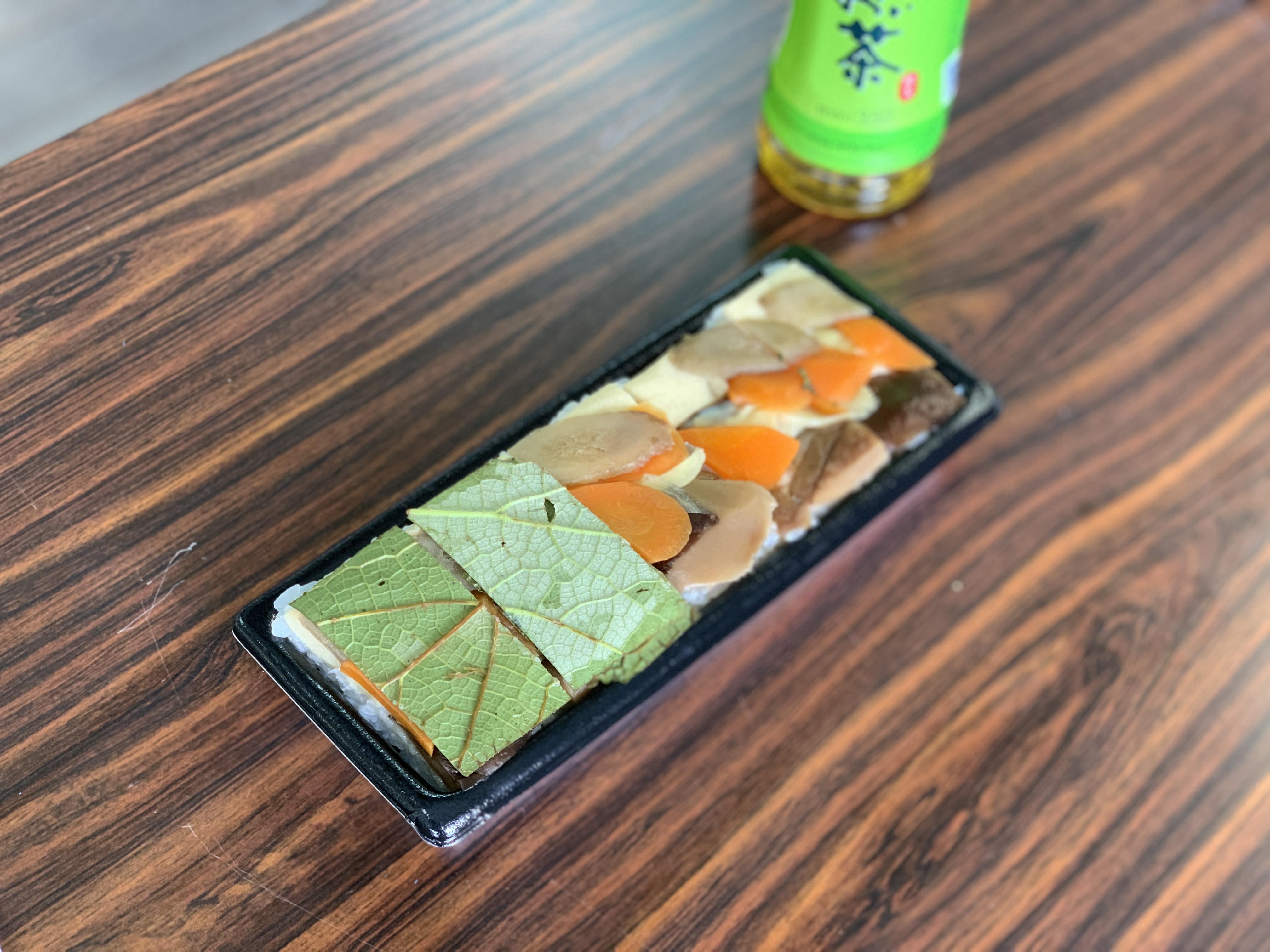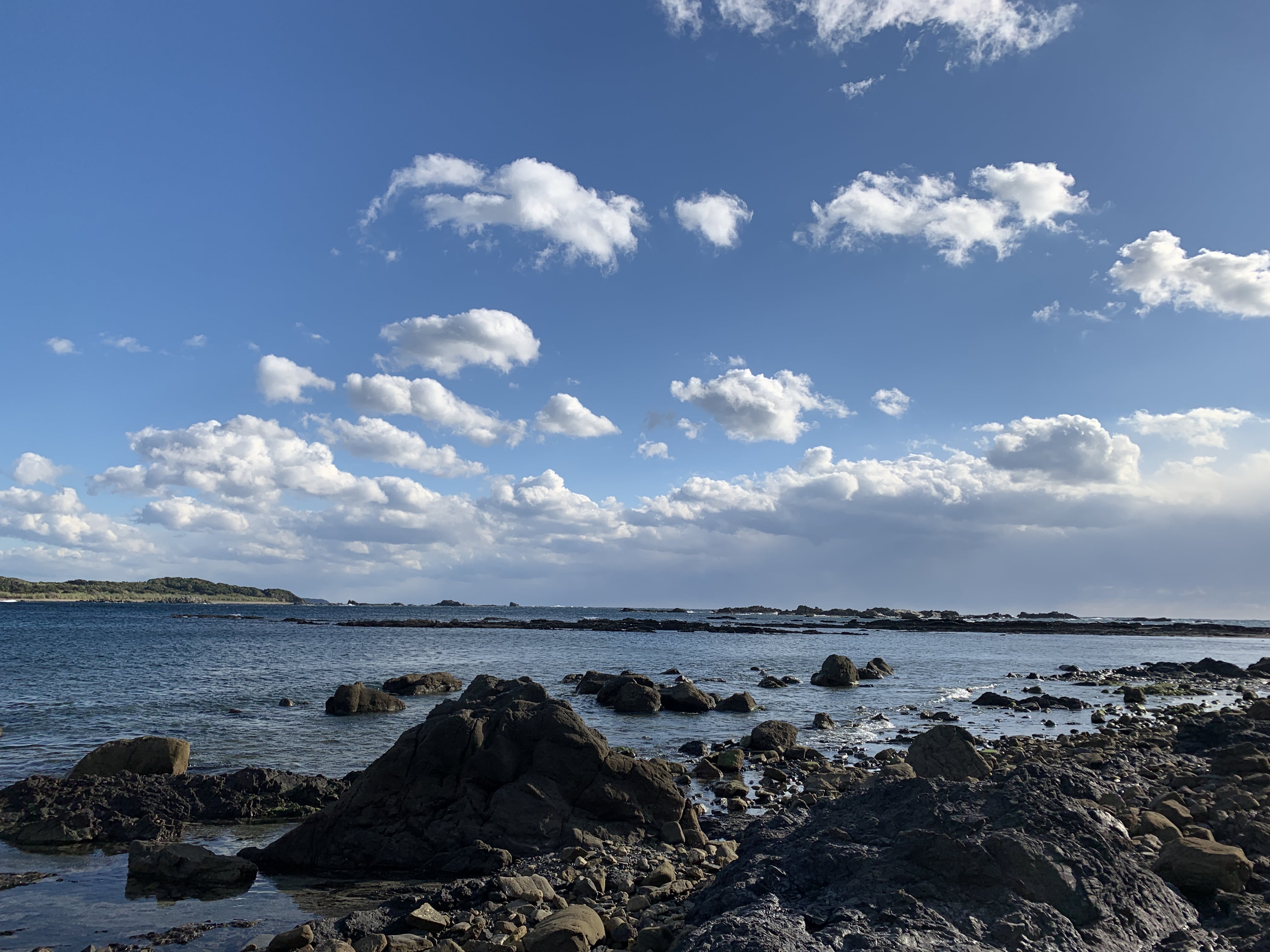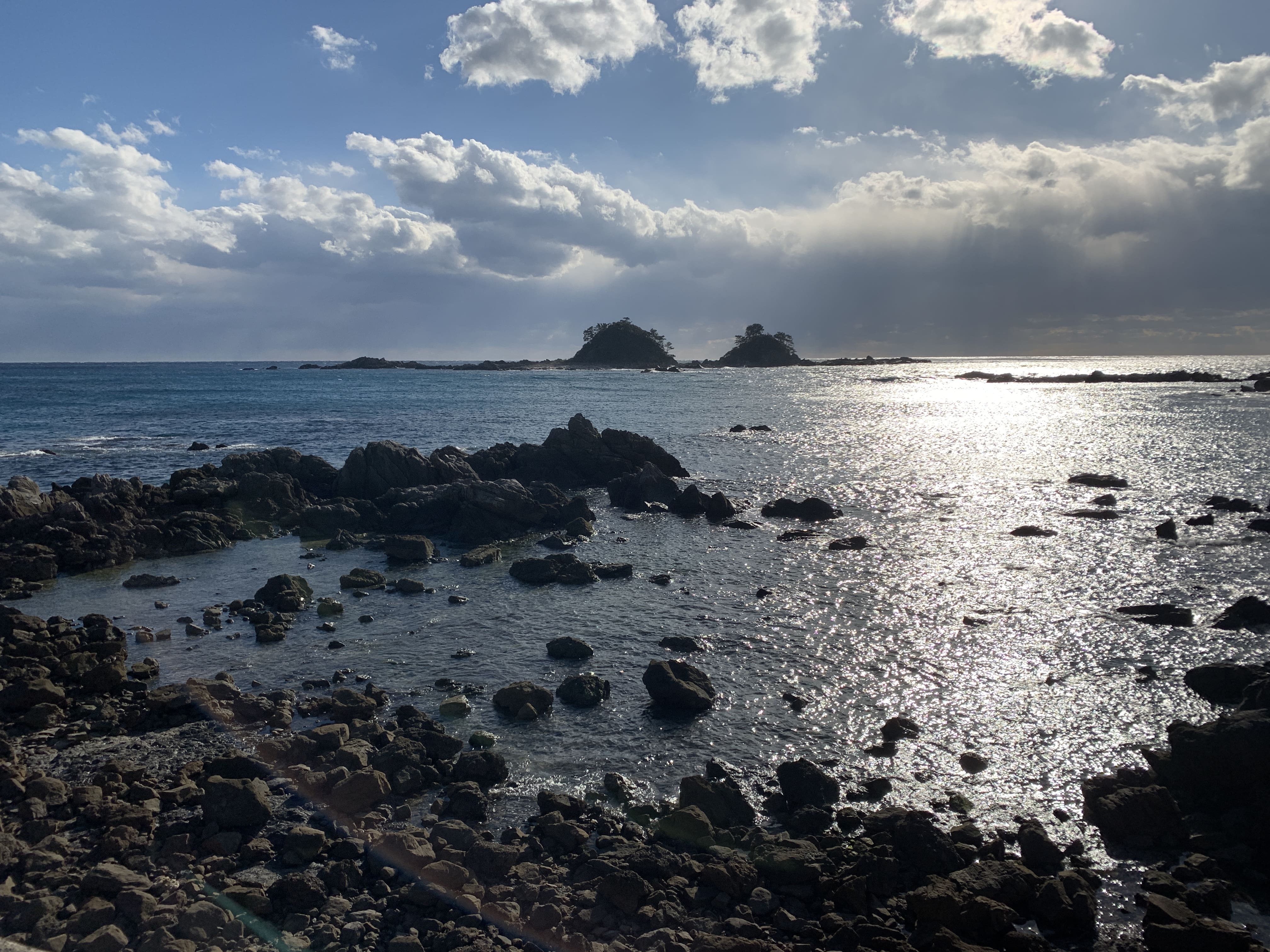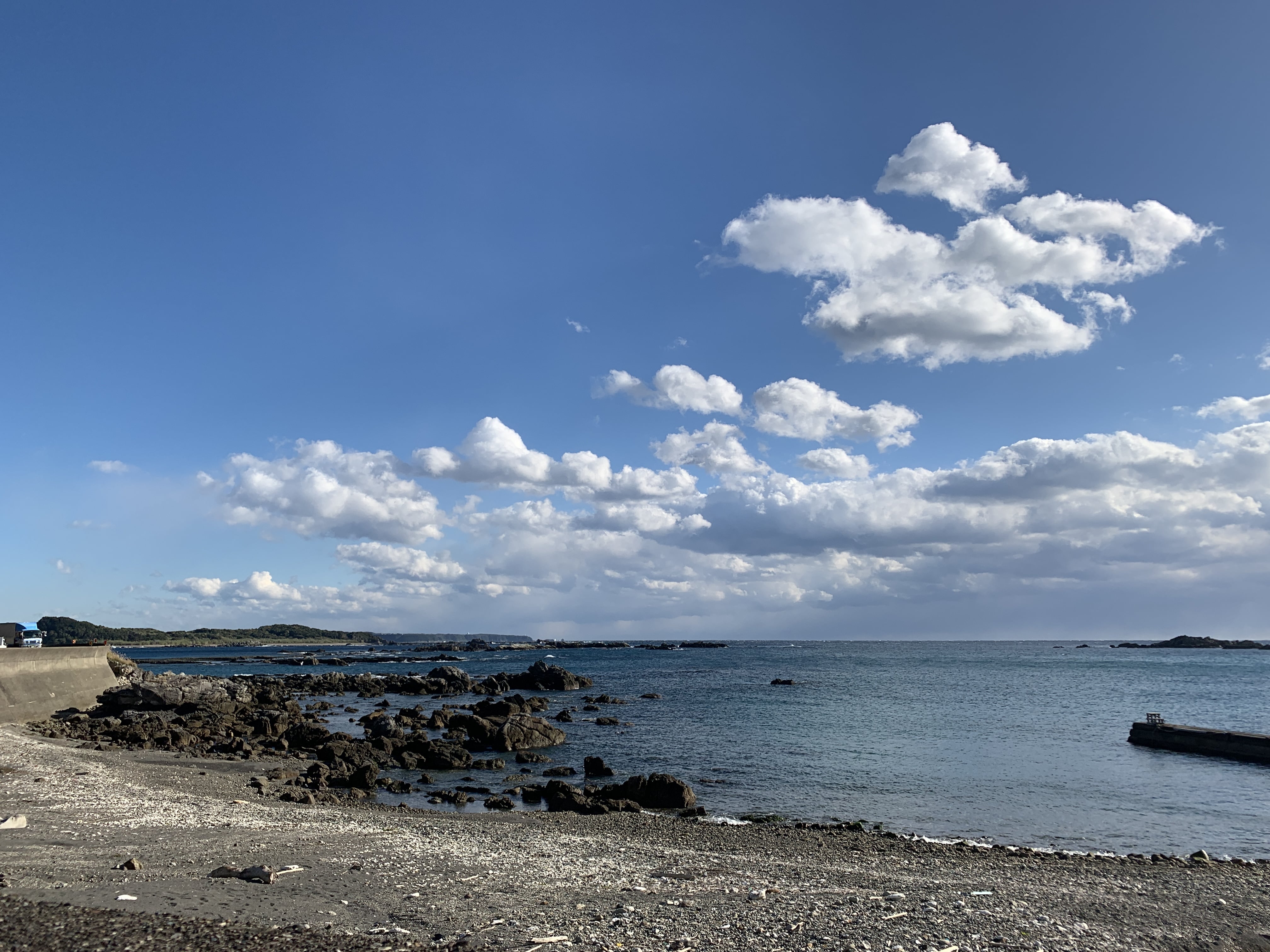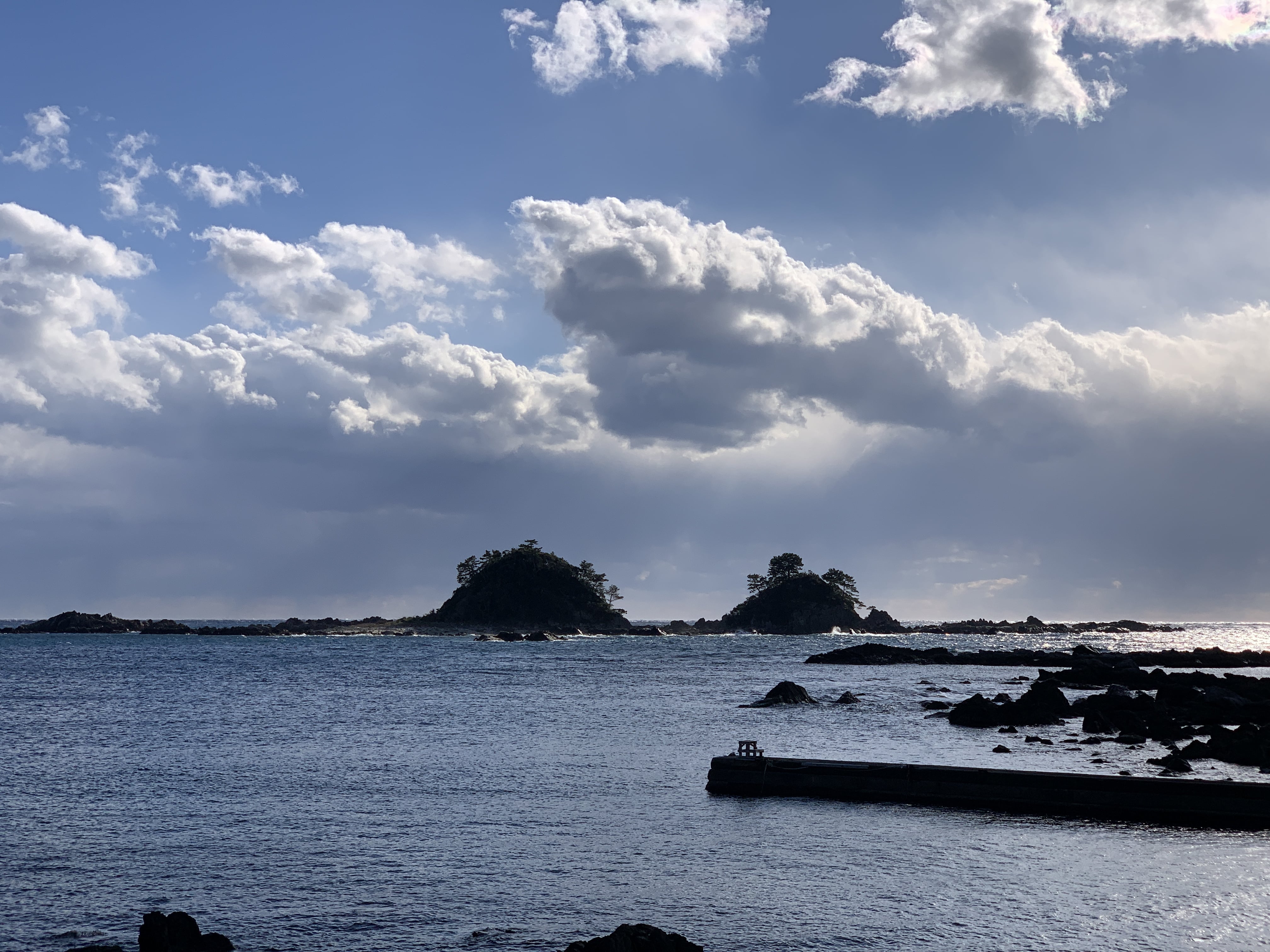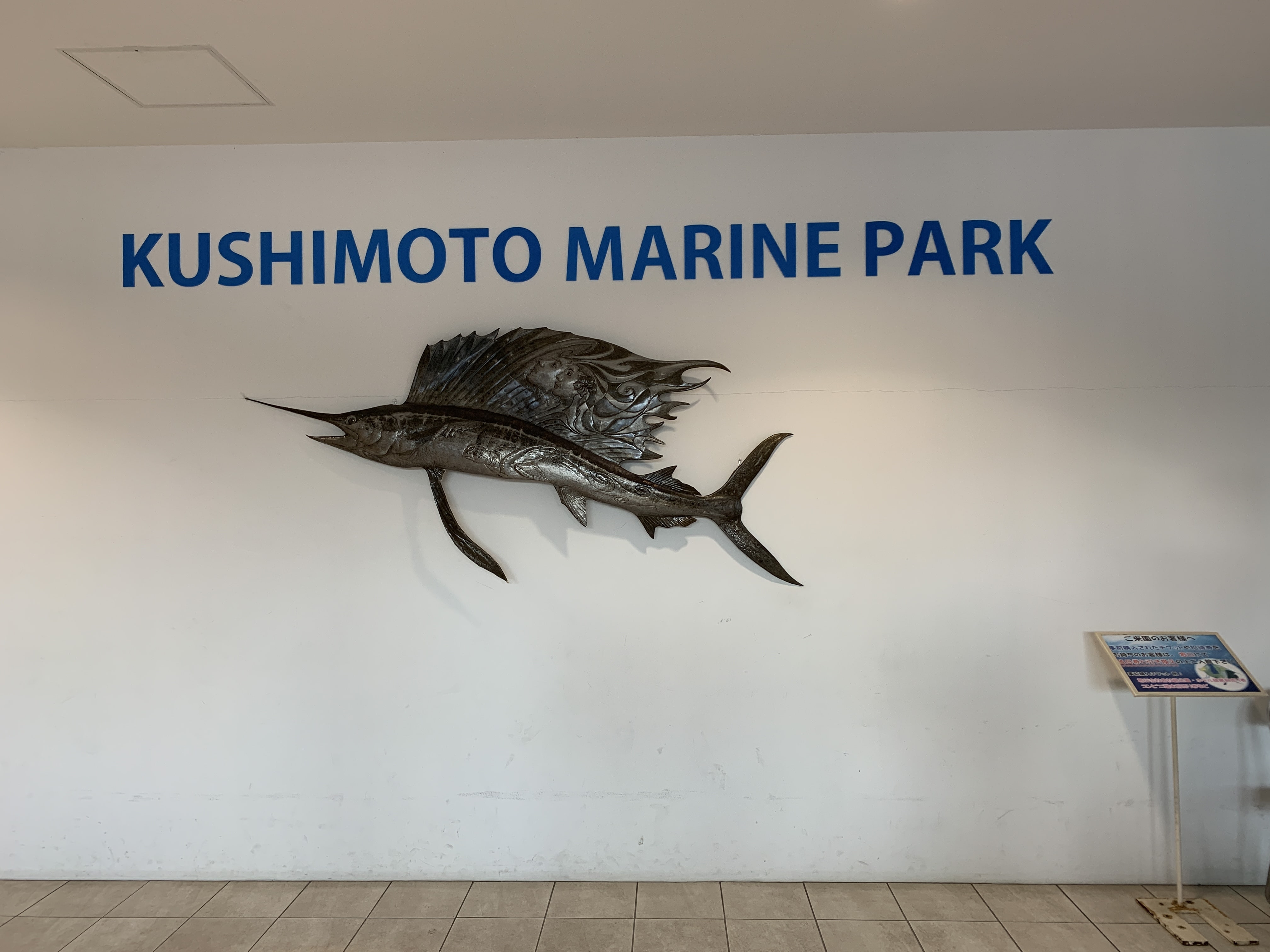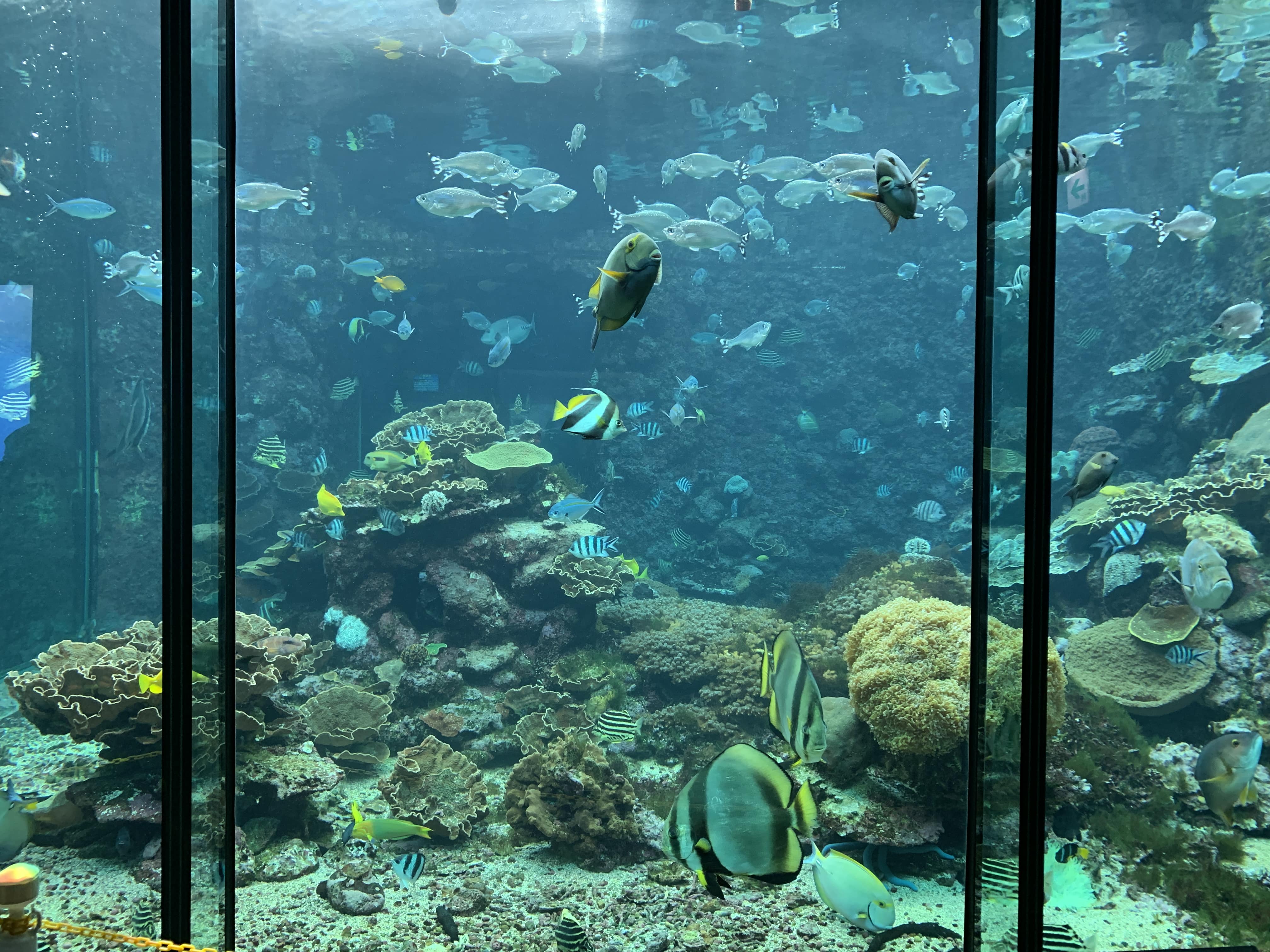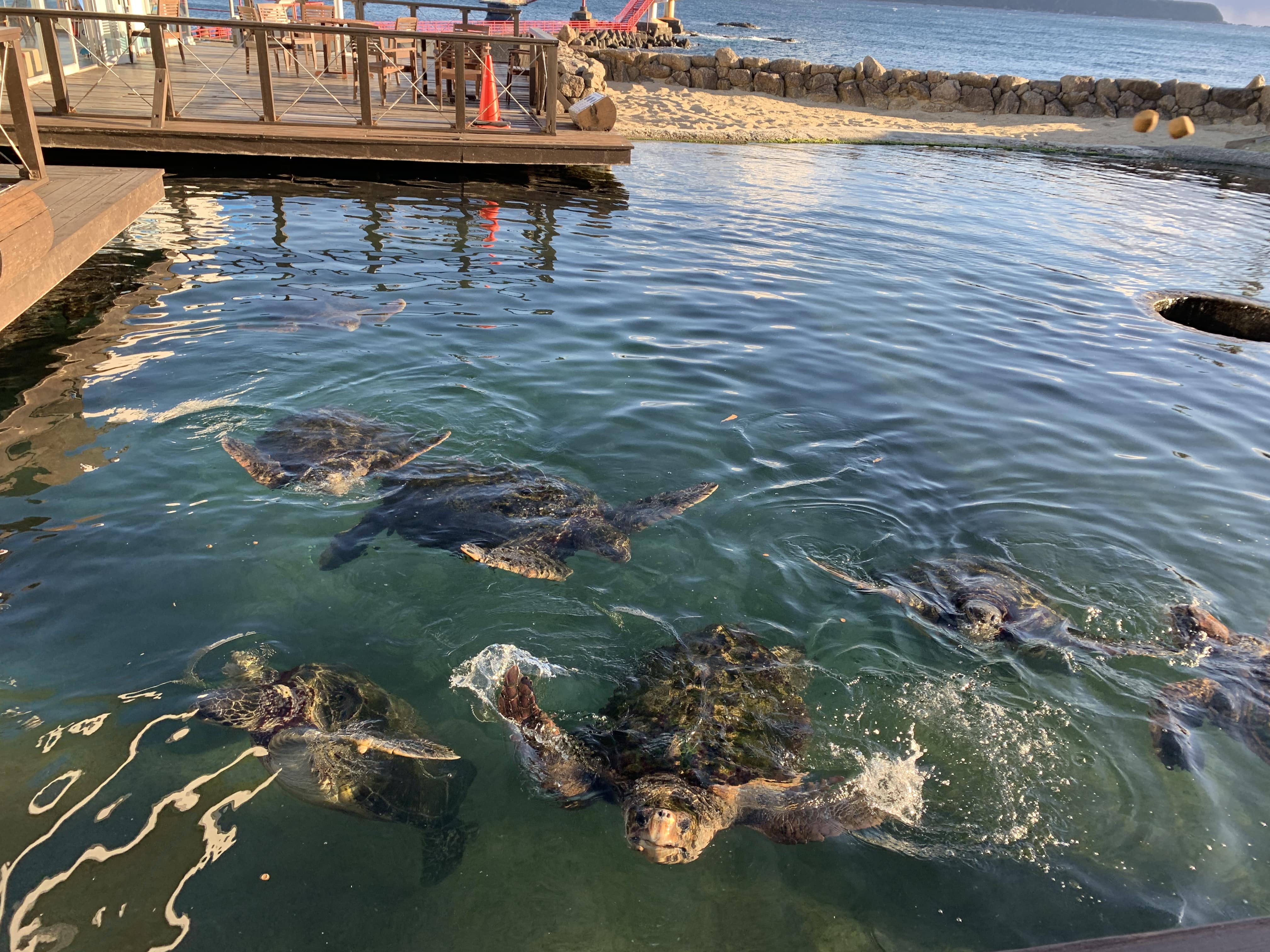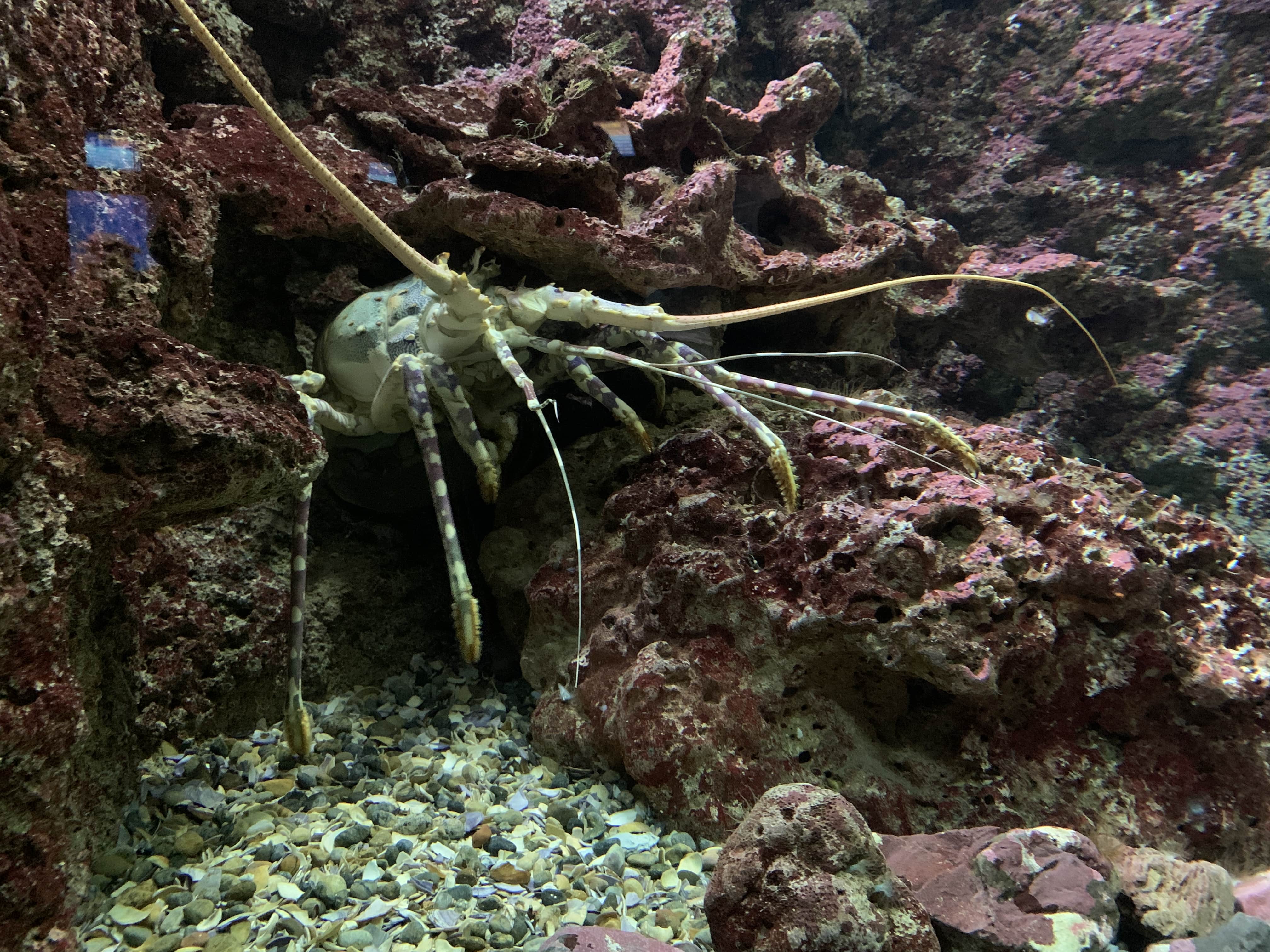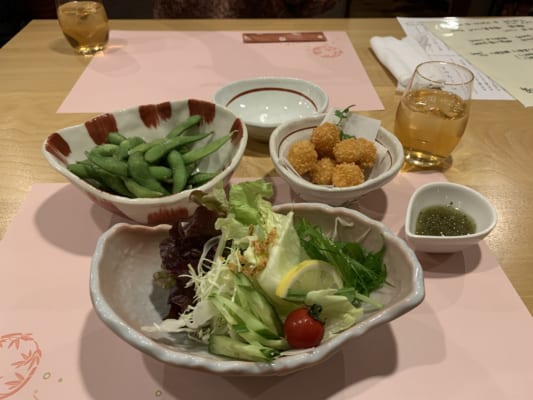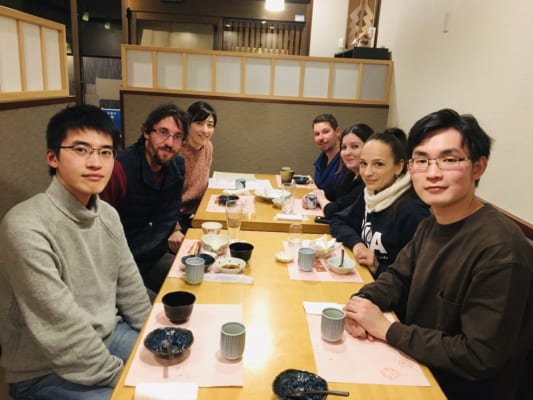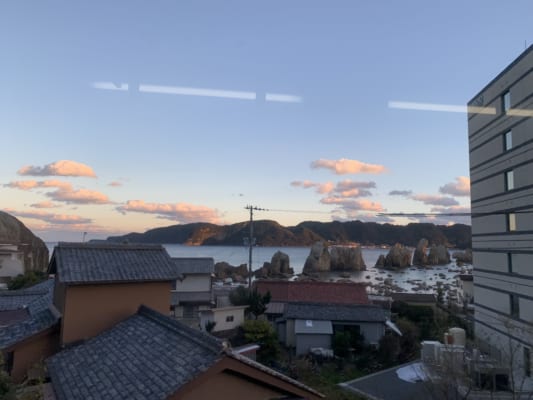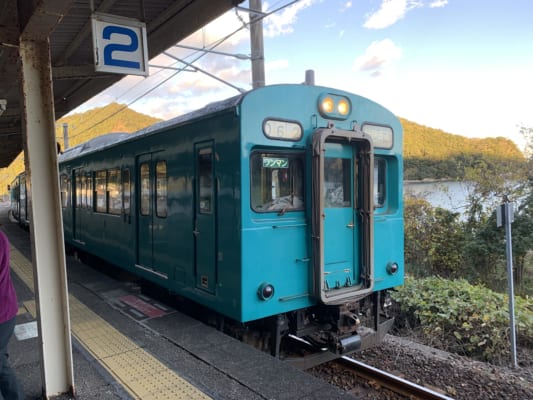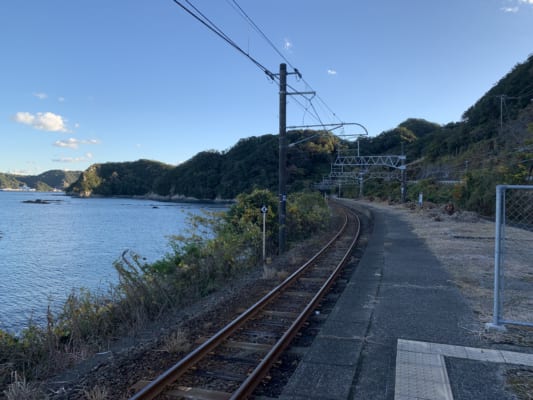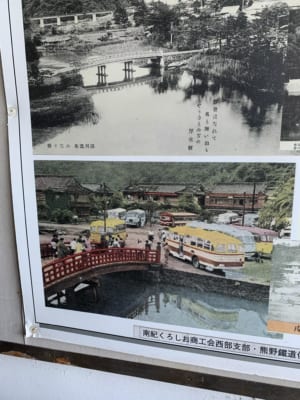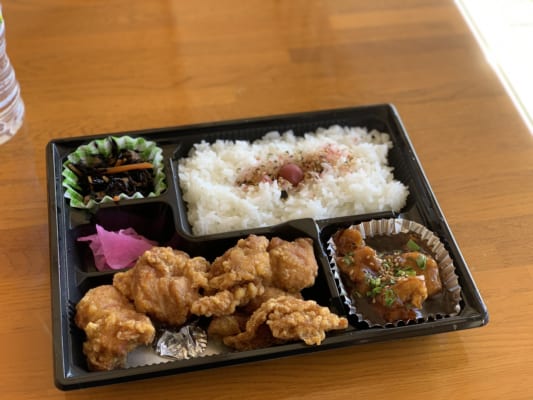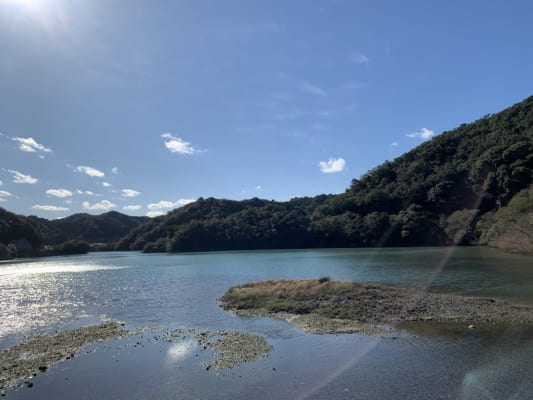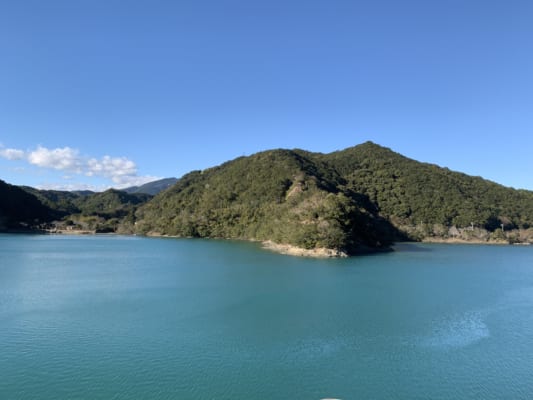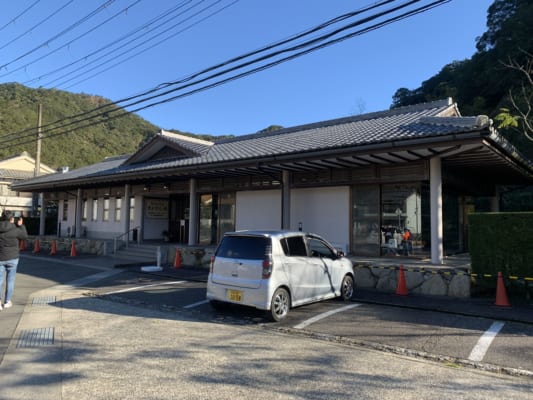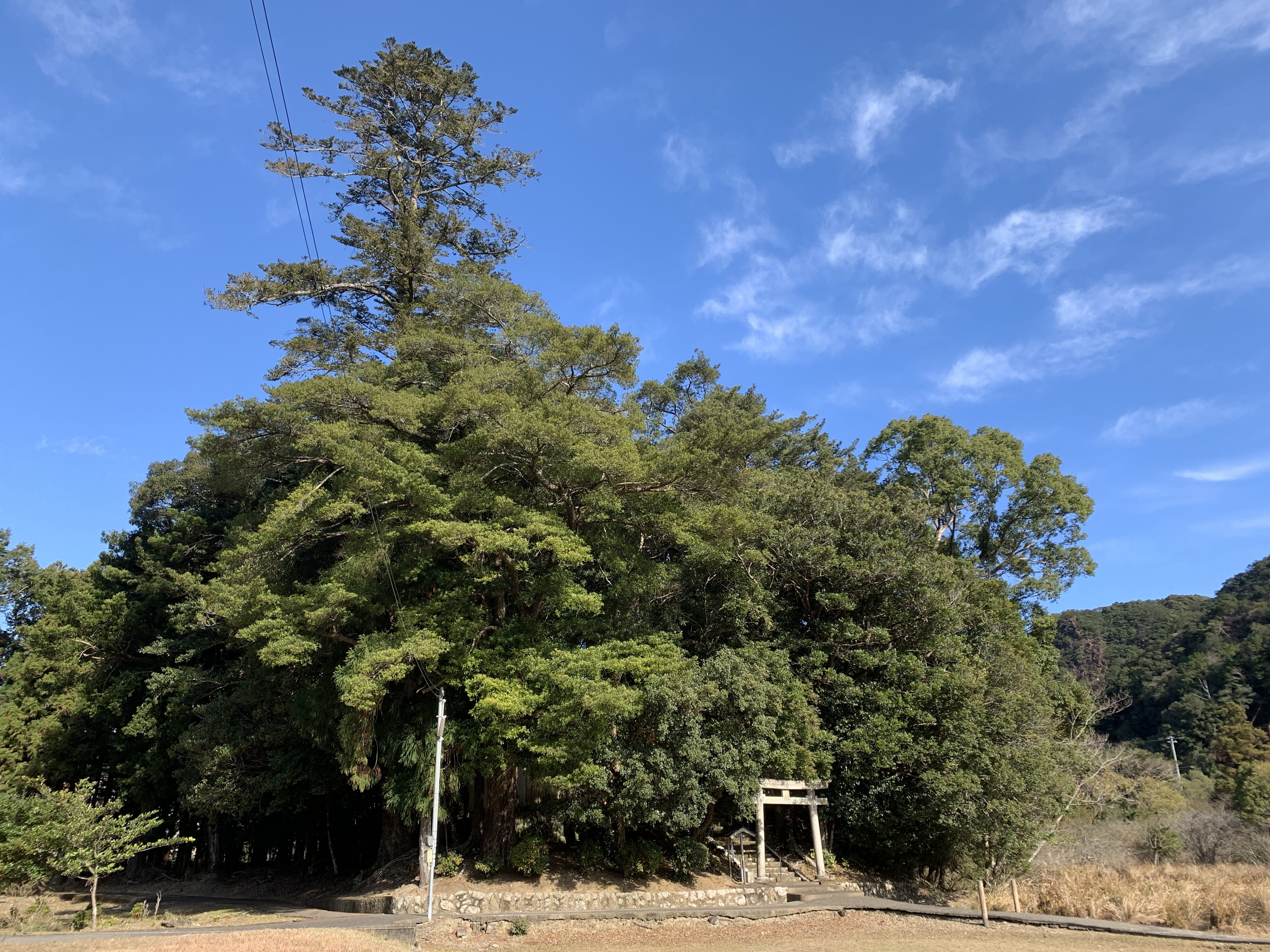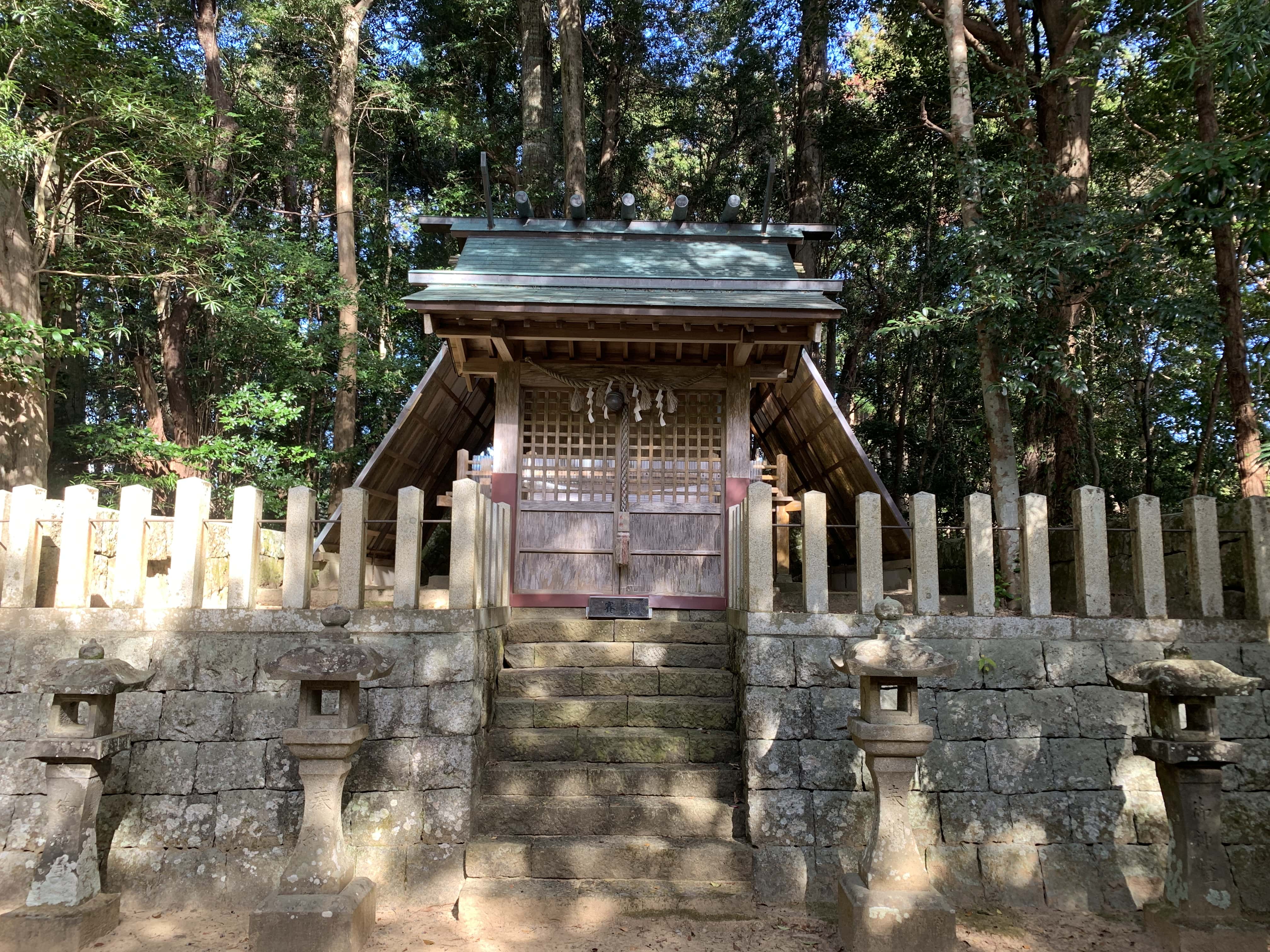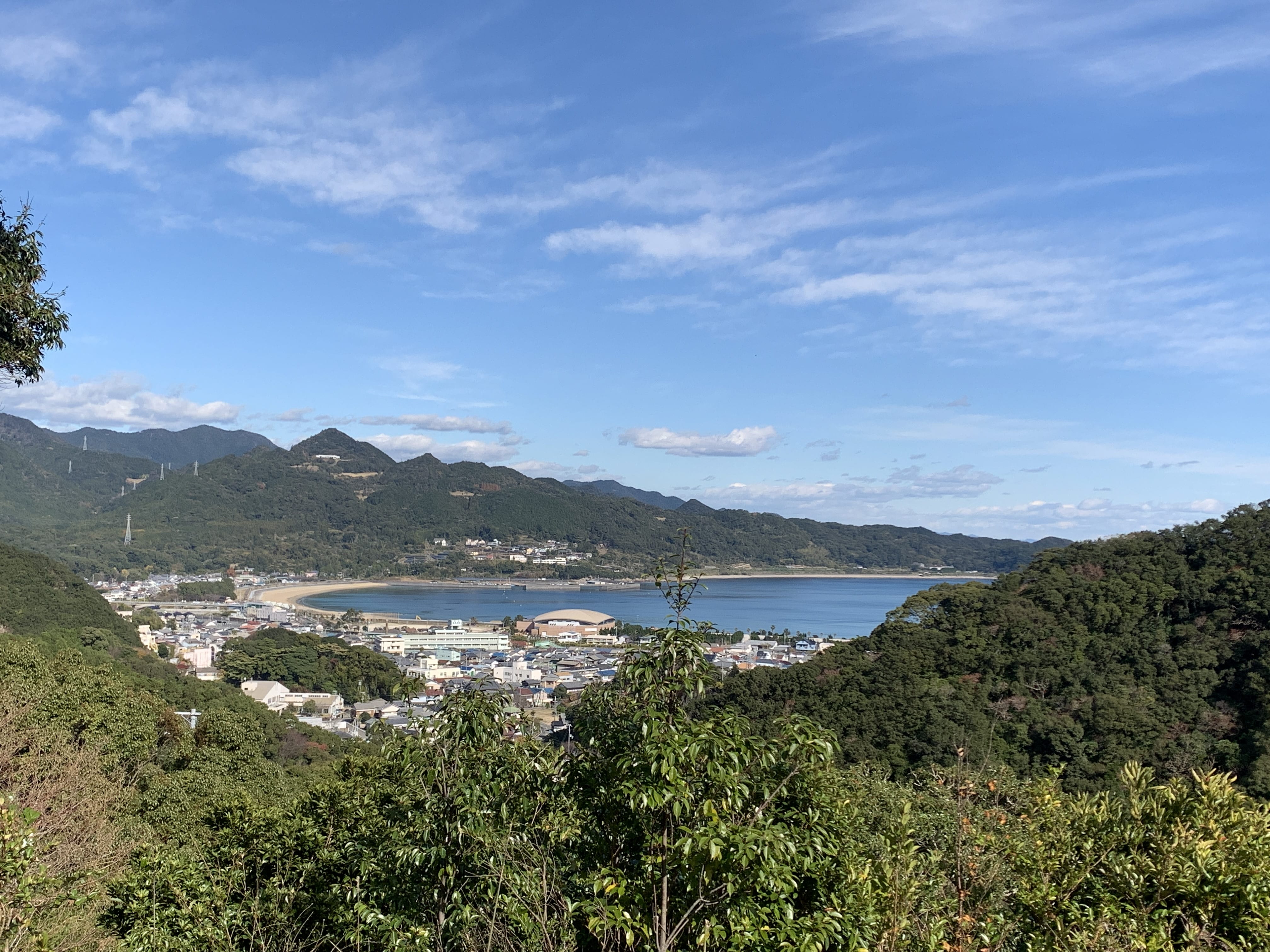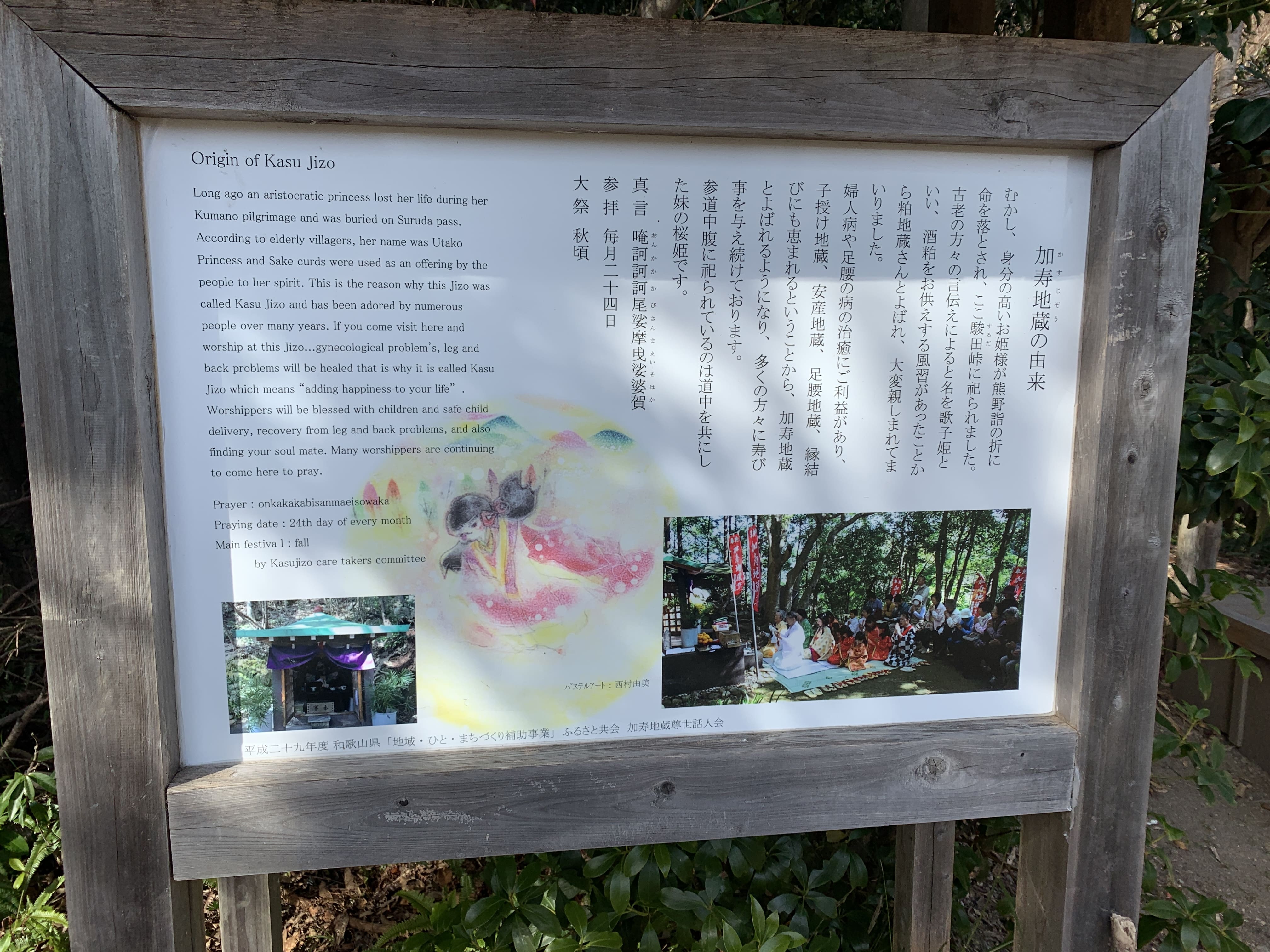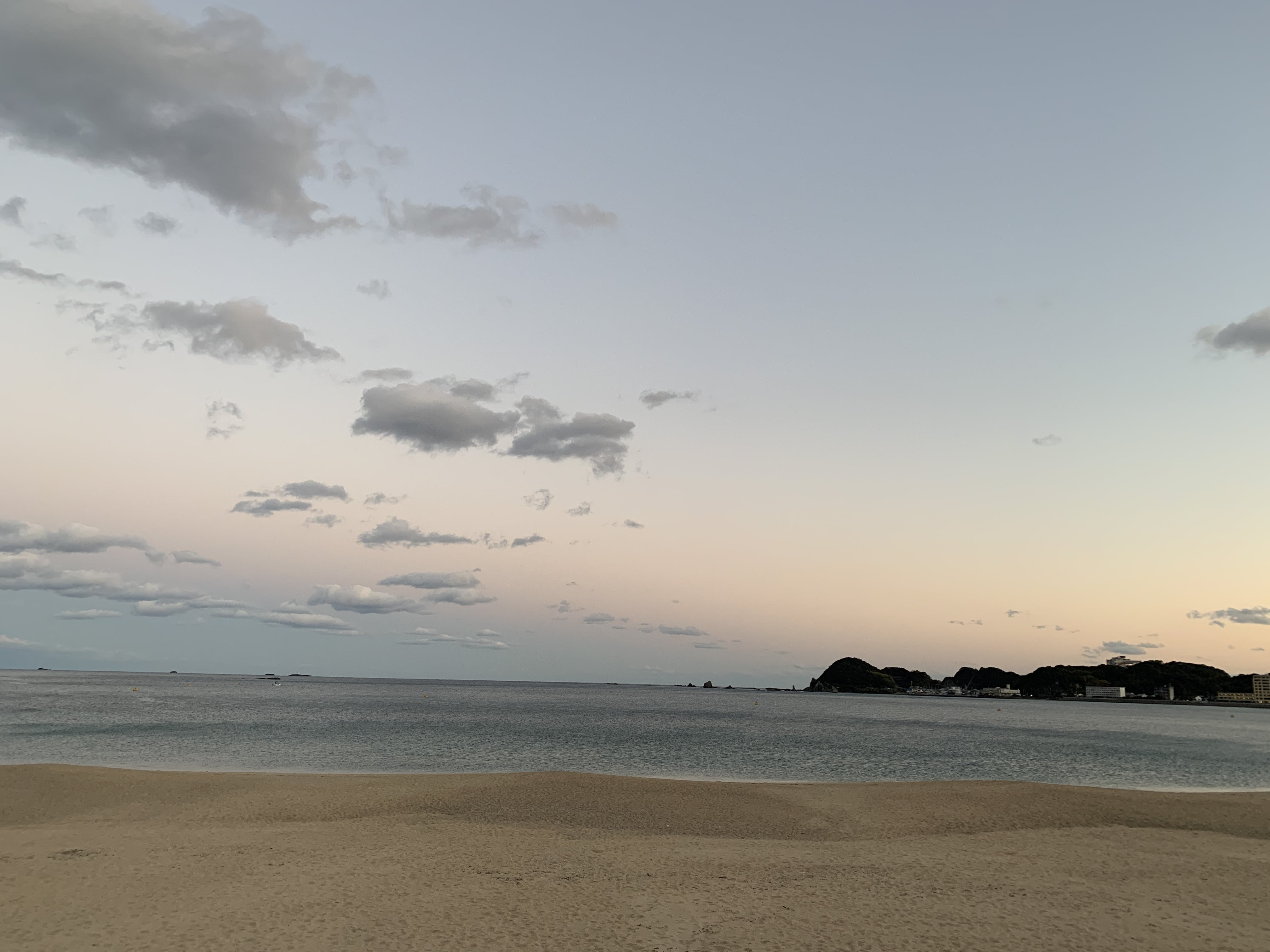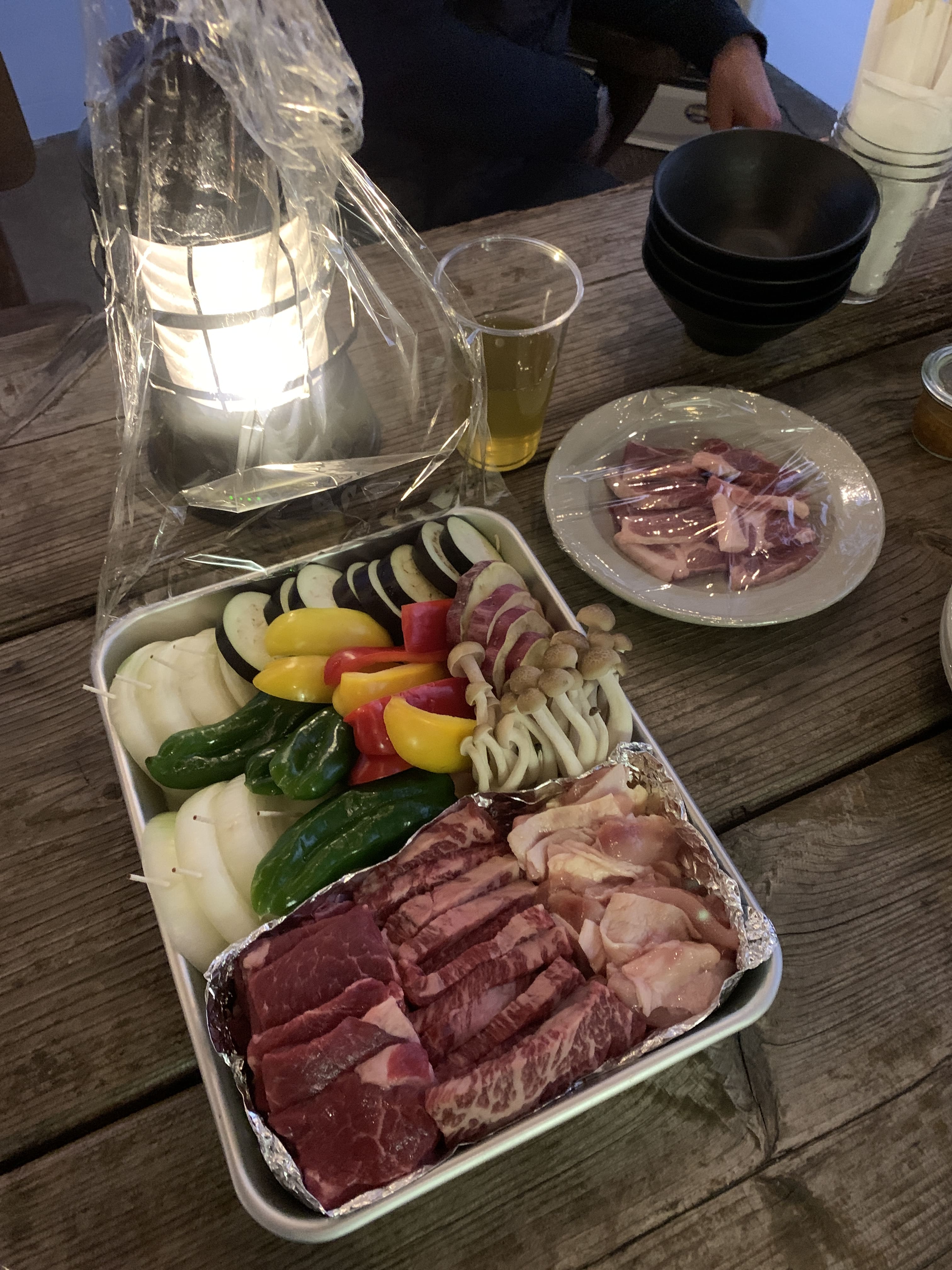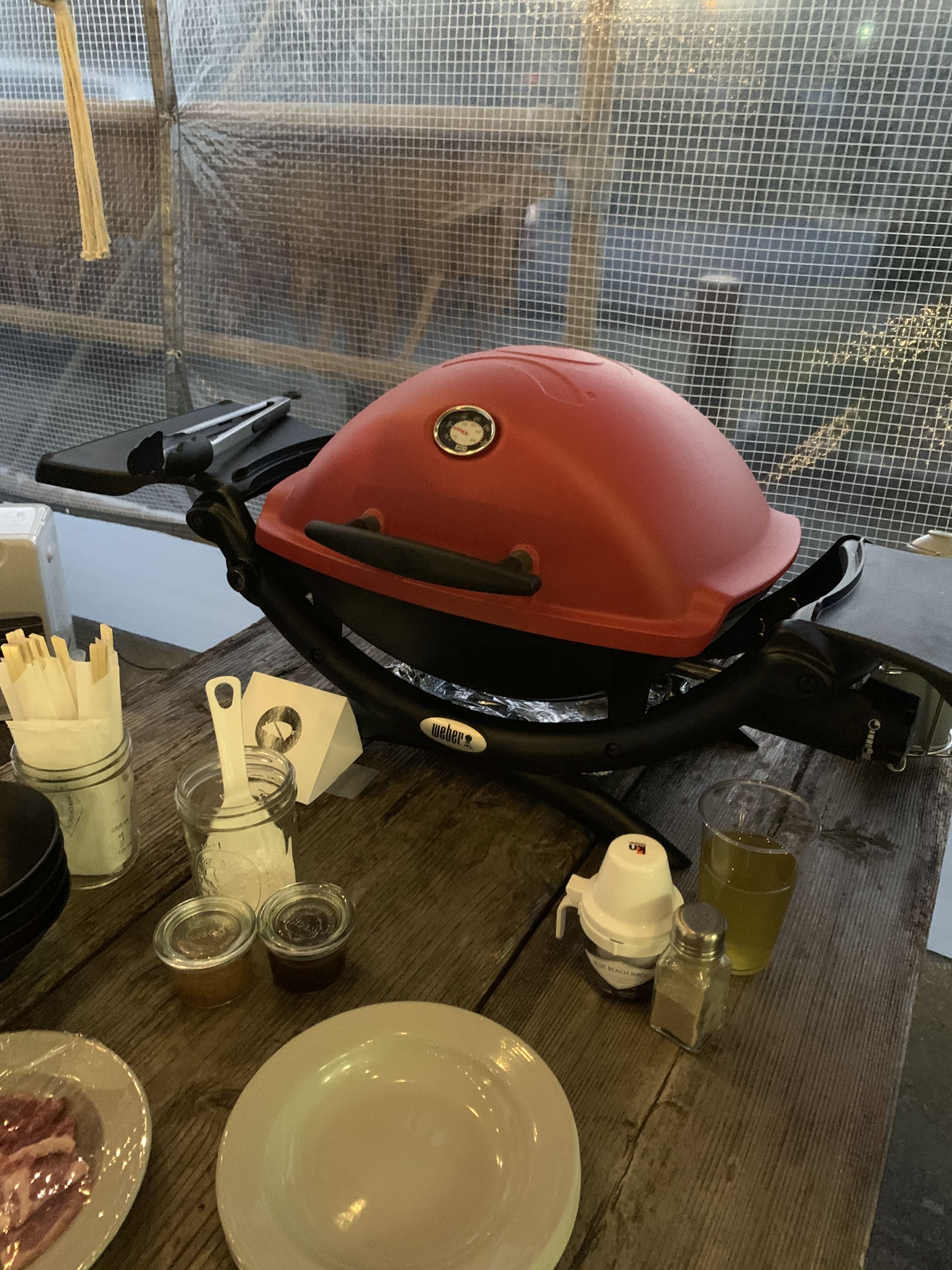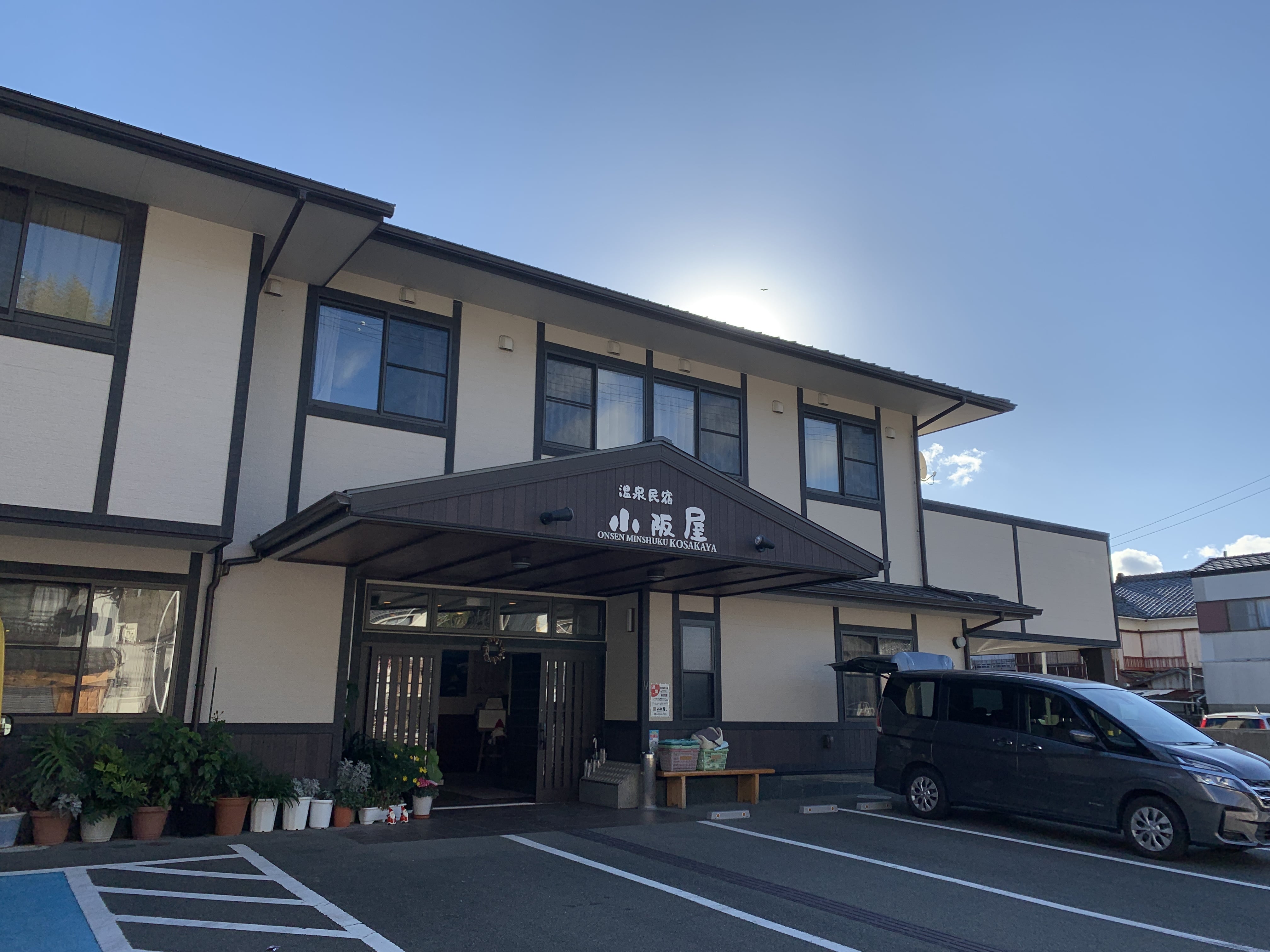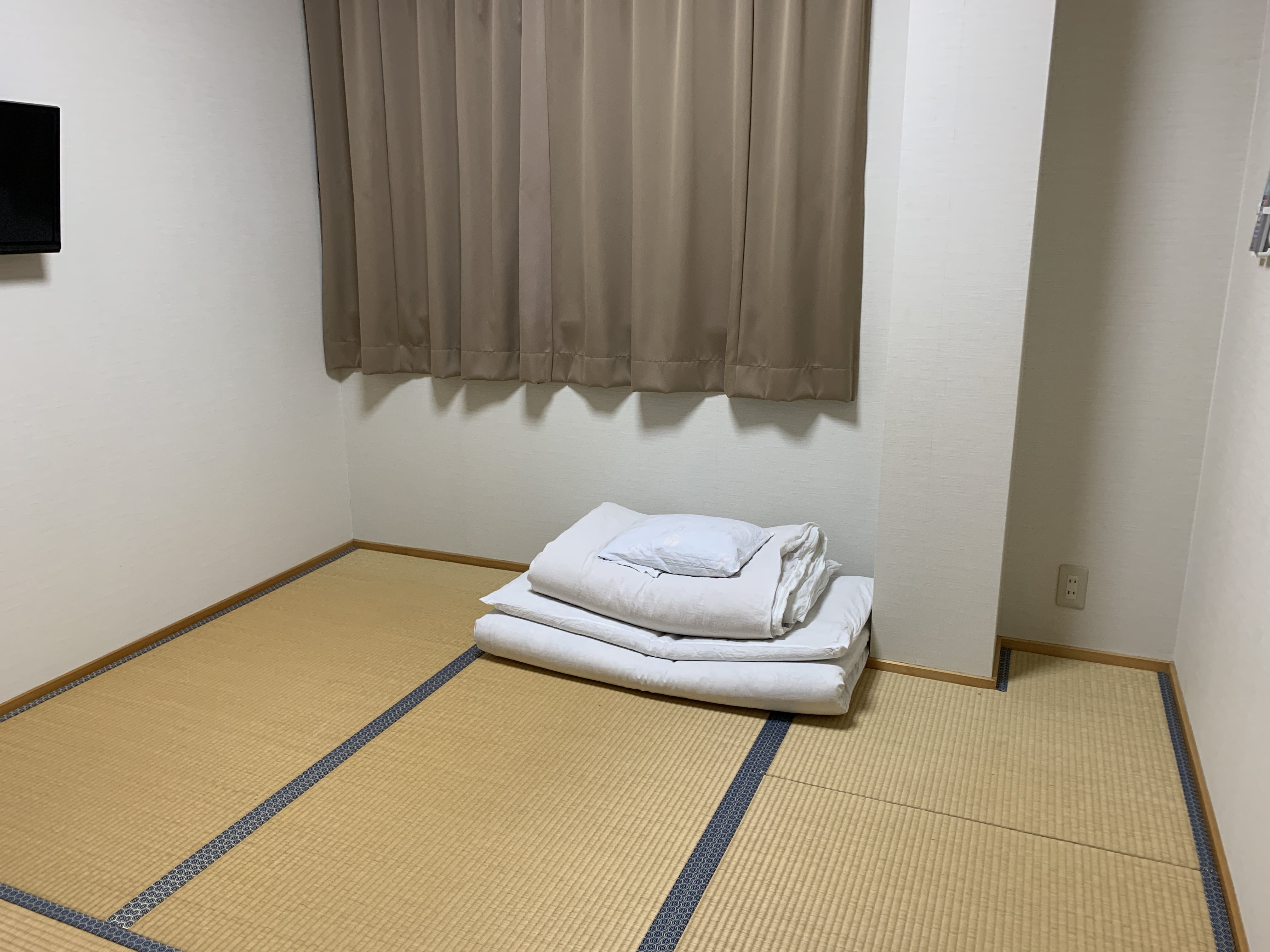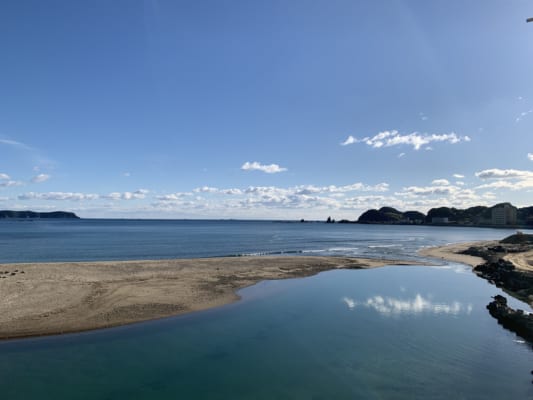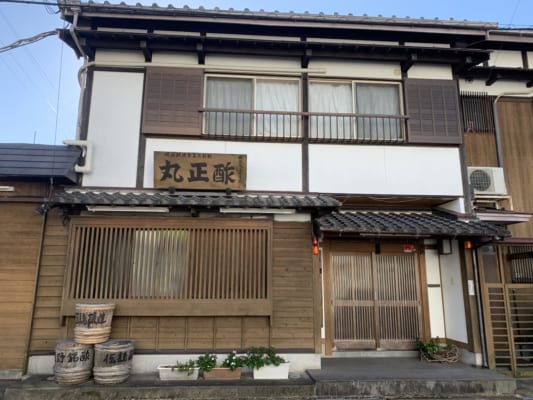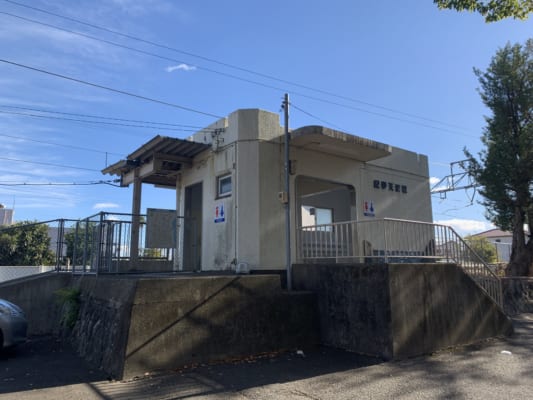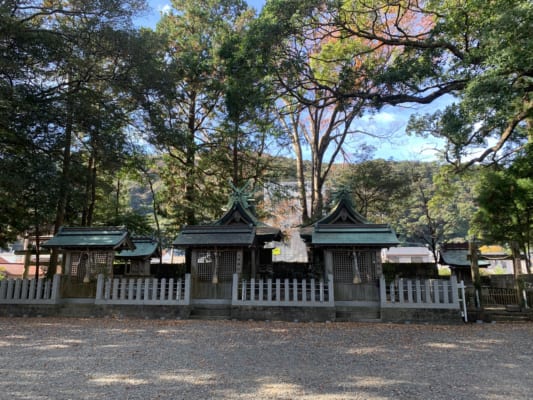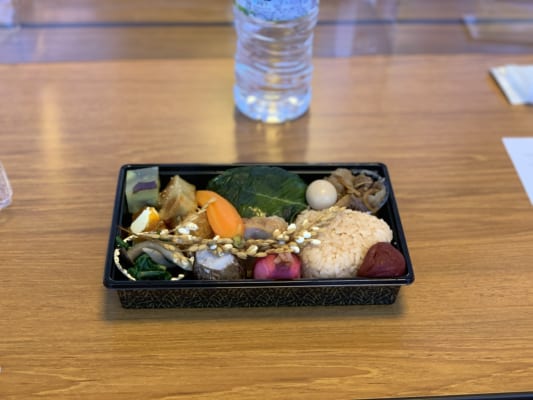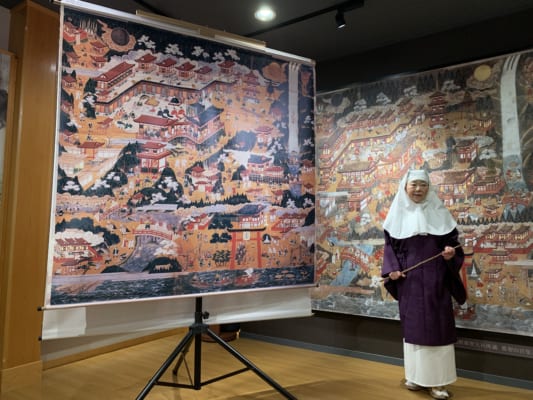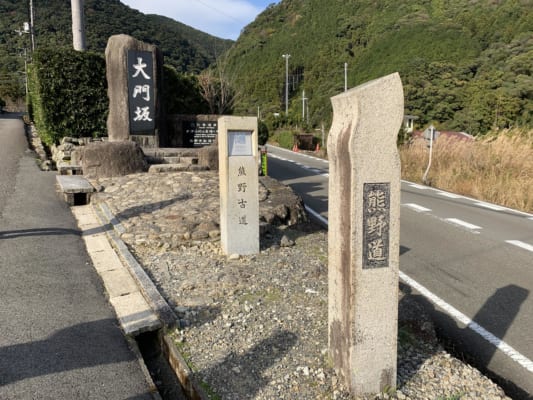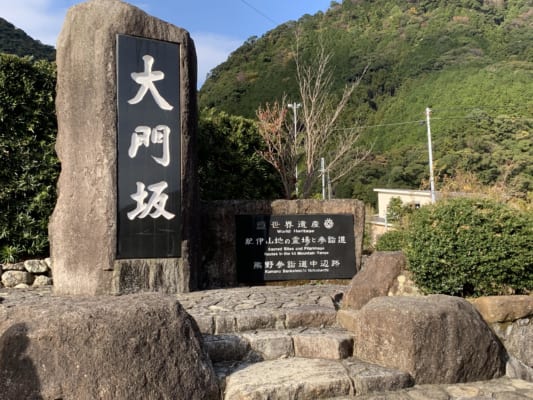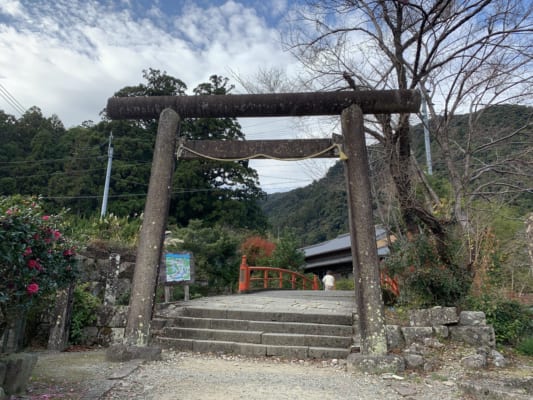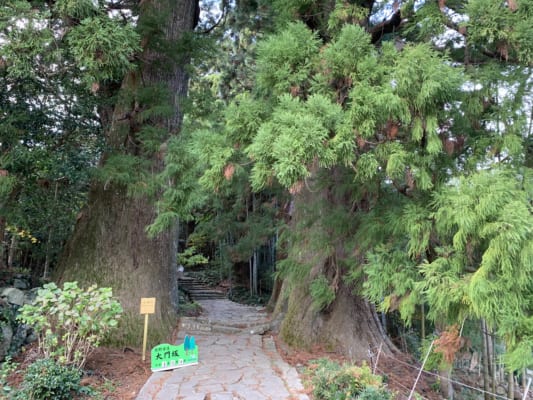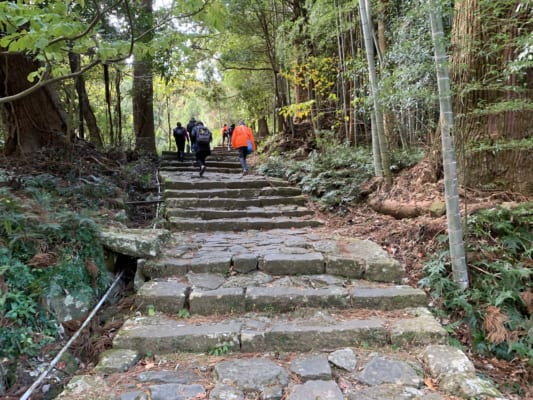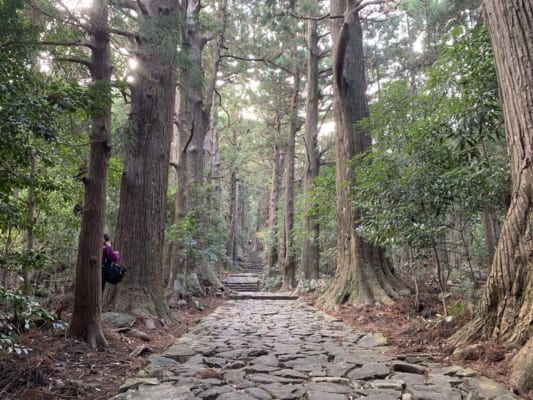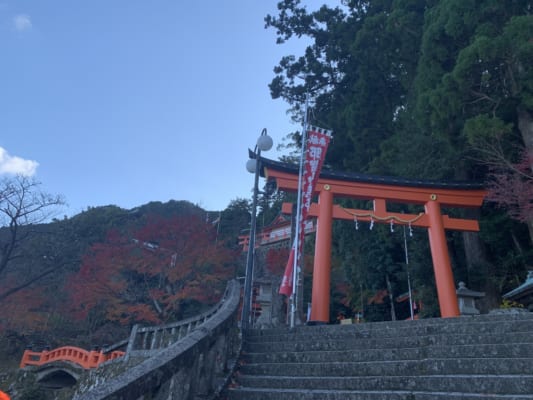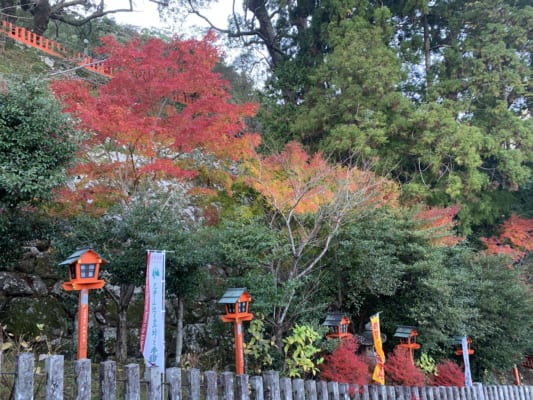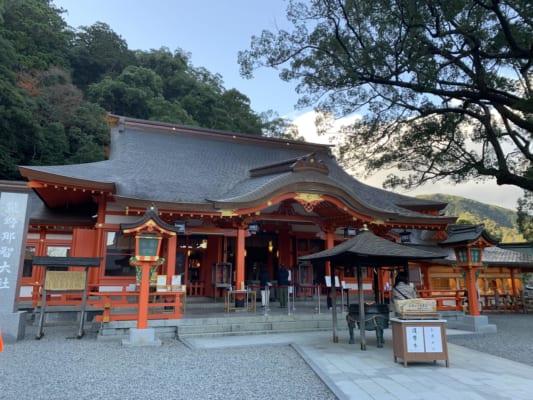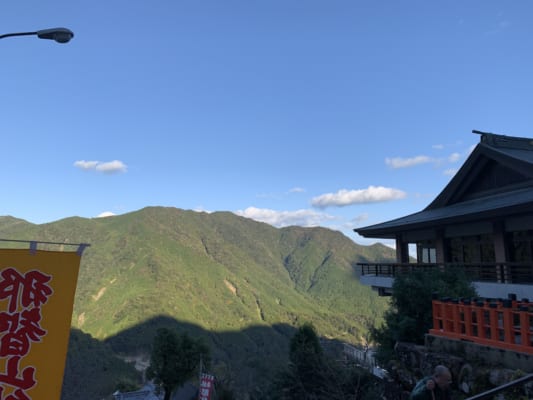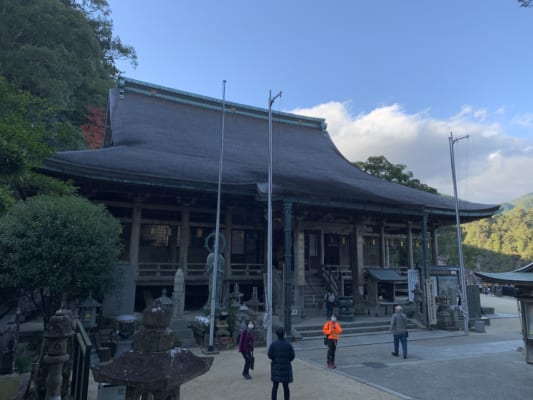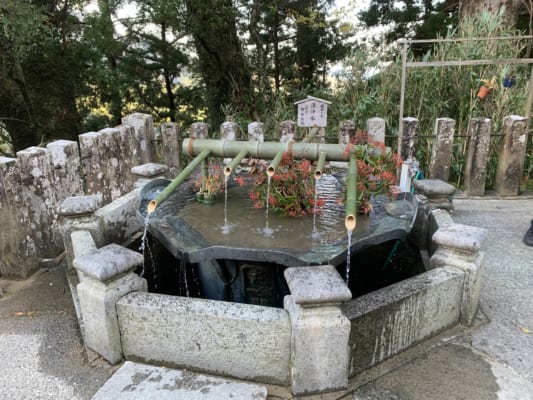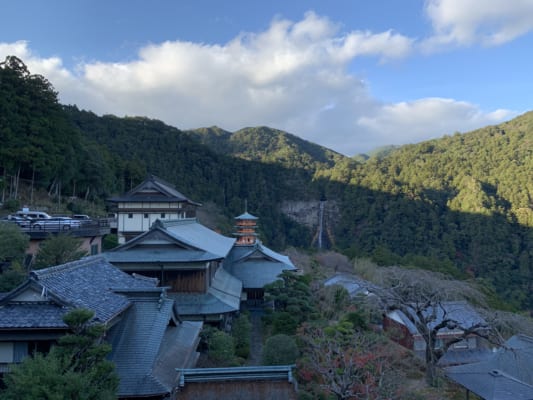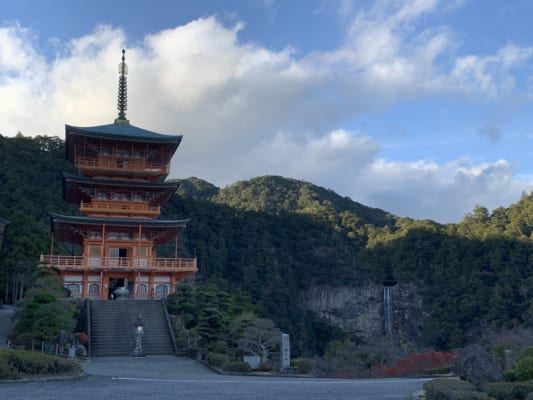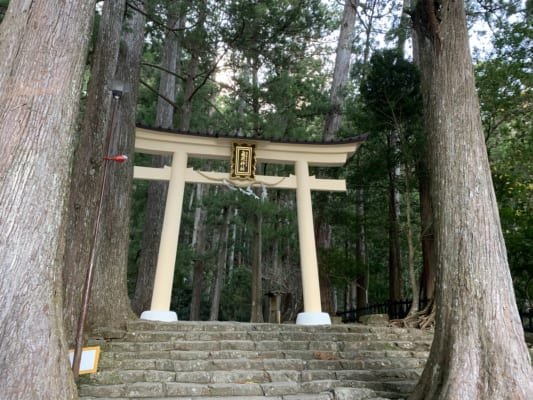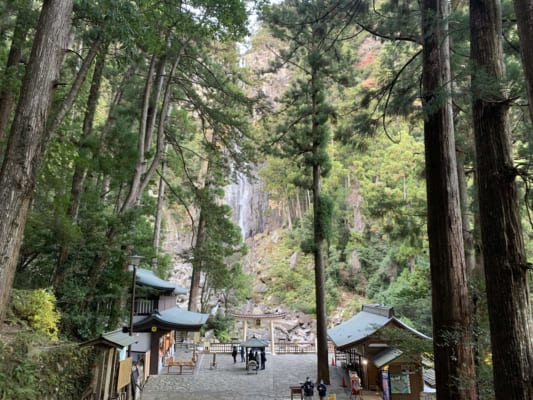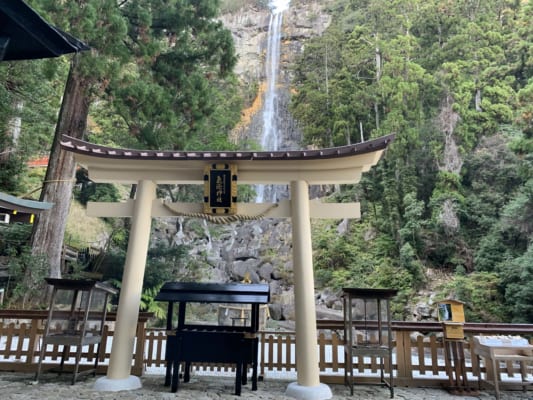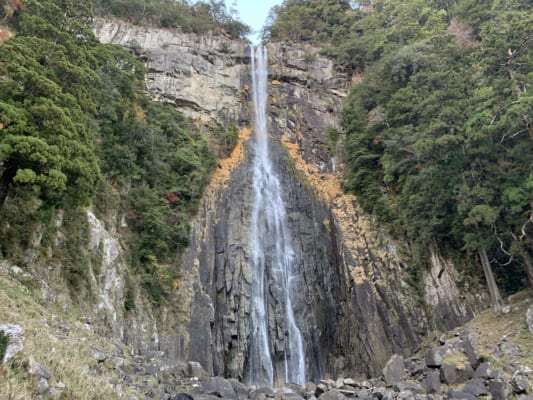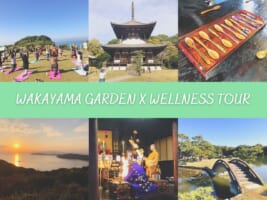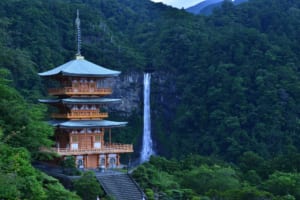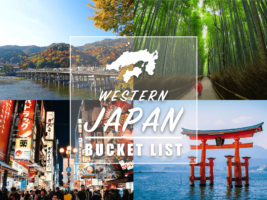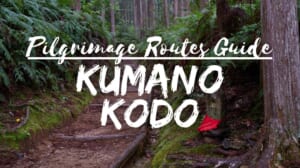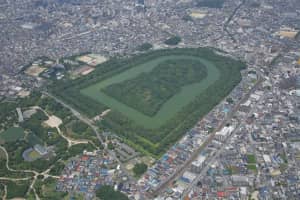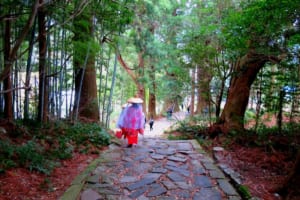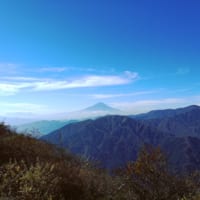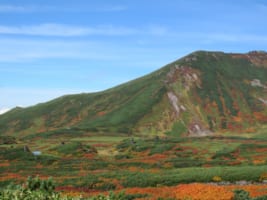3 Days Itinerary in Kumano Kodo by Ohechi Route
Kumano Kodo Travel Guide: My 3 Days Trip Experience at Kumano Kodo by Ohechi Route
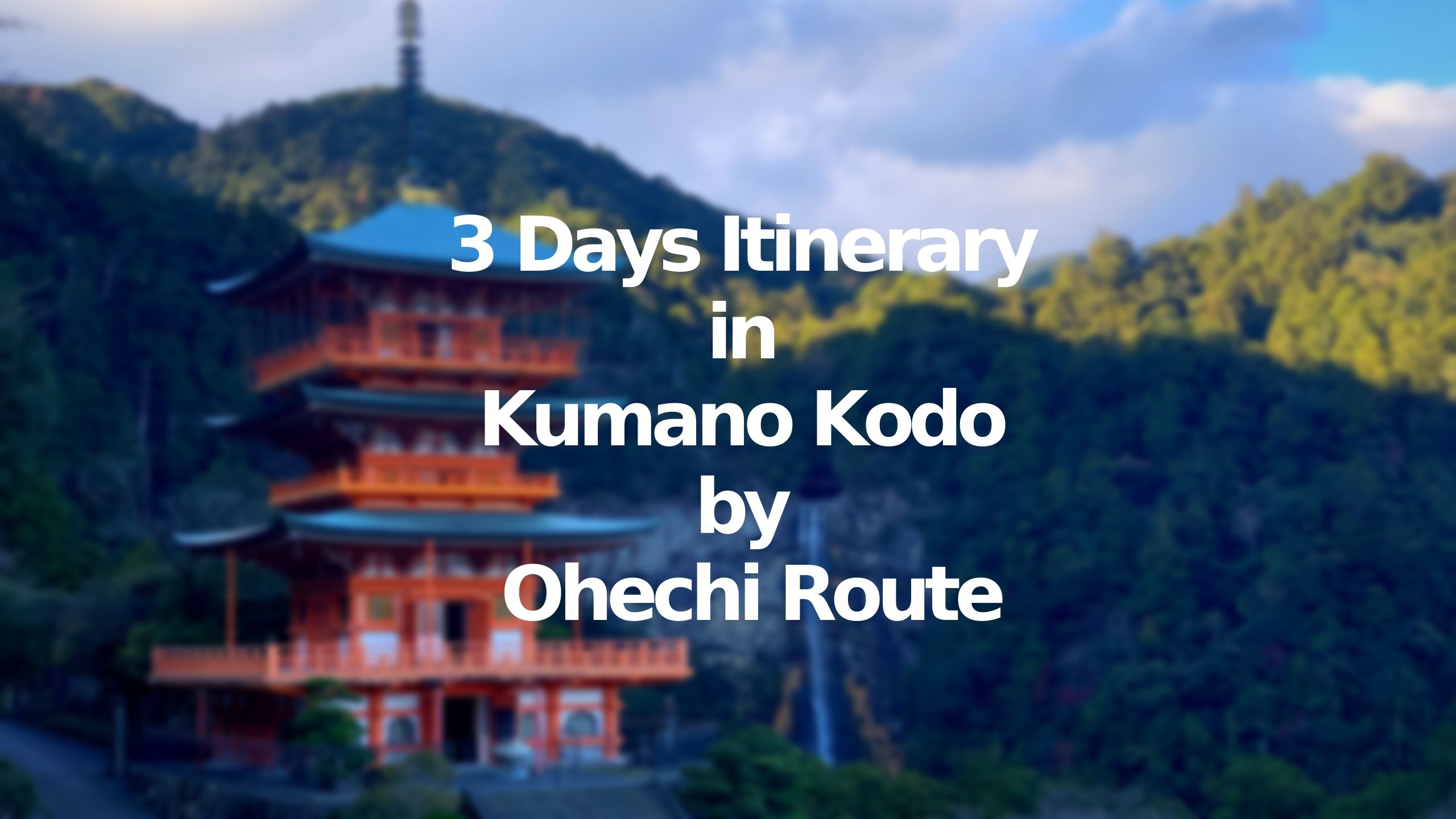
More and more people are beginning to prefer more relaxed tourism, moving away from large crowds. Rural tourism, like excursions to the mountains or nature, are gaining popularity. Even when the borders within Japan are reopened to tourism, surely many of you think that you don’t want to walk through a crowded Takeshita Street or Fushimi Inari.
Although until now, cities such as Tokyo or Kyoto have garnered the most interest among tourists, the truth is that Japan has much more to offer, and there are true hidden gems that are not so popular, simply because they don’t appear often in magazines, or are more remote. However, these places are just as special as the most famous places in Japan.
*Please note that this article contains affiliate links.
Kumano Kodo (熊野古道) or “Kumano Road” in Wakayama prefecture is one of the most famous pilgrimage roads in Japan. Actually it is not just a single road, but there are several roads that connect the Three Great Shrines of Kumano, or Kumano Sanzan (熊野三山): Kumano Hongu Taisha (熊野本宮大社), Kumano Hayatama Taisha (熊野速玉大社), and the most famous of the three, the Kumano Nachi Taisha (熊野那智大社). Kumano Kodo and the three shrines were declared a UNESCO World Heritage Site in July 2004, along with Koyasan, Omine, and Yoshino, as the “Sacred Sites and Pilgrimage Routes in the Kii Mountain Range”.
More information about Kumano Kodo: Kumano Kodo Pilgrimage Routes Guide
Today I would like to introduce you to the Ohechi route, which until now has been the least known route. The most popular route is usually the Nakahechi route. However, the Nakahechi route is quite hard and through the mountains. Once you start walking, the only way to finish the route is to walk to the next point. The Ohechi route, by contrast, has several train and bus stations along the way, so if at any time you get tired or injured, some sections can be done by public transport. In addition, it has beautiful views of the sea. It’s said that while the Nakahechi route is the one used by pilgrims, the Ohechi route is the one that attracted writers and artists from all over Japan for the beautiful landscapes. I myself made a three-day trip using the Ohechi route, so I can explain my first-hand experience and my 3-day itinerary in Kumano Kodo by the Ohechi route!
Day 1- From Tanabe to Kushimoto
The journey begins at the Kii-Tanabe station. There we take the ordinary train to Wakuba station. The journey takes around one hour, but the local train is charming and the views are beautiful, so it is a pleasant journey. Upon arriving at Wabuka station, our Ohechi walk begins. First we take what is known as the Nitta Hiramichi path, following our two guides, who not only guide us along the right path, but also explain curiosities about the places we pass through, such as the name and usefulness of some plants , stories of the area, etc.
We take a lunch break at Akase Elementary School, which has an open room that we can use to rest for a while and have our lunch boxes. On this day, they bring a specialty of the area for us: a type of sushi that is made by pressing some leaves against the rice. The leaves are only the wrapper (they are not eaten). With a full stomach, and after resting a bit and going to the bathroom, we continue our route along the Toyama Taira Highway to Tanami station, for a trip of four and a half hours (including the lunch break).
Our last stop is the Kushimoto Marine Park. We go by bus, but you can take the train to Kii Arita Station and from there walk about 15 minutes to the marine park. Although perhaps less well known than other aquariums or marine parks, the Kushimoto Marine Park was the first in Japan, and it’s characterized by having only species indigenous to the area. In addition, they don’t use any types of chemicals or cleaners, but they rather let it follow the same processes as in nature (for example, there are already species that are responsible for cleaning the tank). The sea turtles, especially, are impressive. Each year, several sea turtles of different types are born in captivity in the Kushimoto Marine Park, and the vast majority are later released. They also have an observatory where you can go down and see the seabed in the area.
Once the visit to the Kushimoto Marine Park is over, we go to Kushimoto Station, where we will spend the night at the Business Hotel Kushimoto, a small but convenient hotel located in front of the station. Near the hotel, there is a 24-hour supermarket and a convenience store. Also, right in front of the hotel, there is an onsen for hotel guests (if this is your first experience, I warn you that real onsen smells like rotten eggs. It may not seem pleasant, but its water is very good for the skin and body). In our case, we first leave our things at the hotel and go to dinner at a small but delicious and cozy local restaurant. Being a coastal city, the specialty of the area is fish. The food is all really delicious, and the staff is very nice and friendly. I also try the umeshu (plum liquor) and yuzu sour (a drink made with yuzu, soda and sochu). Yuzu is something typical of the area and many souvenirs are made with this Japanese citrus. On the other hand, Wakayama umeshu (plum liquor) is also popular.
And like I said, after dinner is the ideal time for anyone to go to the onsen before going to sleep.
Day 2- From Kushimoto to Katsuura
We start the day by taking the train from Kushimoto Station to JR Kiihime Station. Just a 15-minute walk from Kiihime station, we find the Hashigui-iwa, which are some curious-looking rocks in the sea in the city of Kushimoto. The rocks were born from an explosion of magma from the bottom of the earth and although they are “just rocks,” to me, they seemed very original and beautiful. It’s a good place to take nice photos, relax watching the sea and say goodbye to Kushimoto city.
We return to Kiihime station and take the train to Yukawa station. At Yukawa station, we can see that half of the roads are closed. Some years ago, the city of Yukawa was a very popular destination among the Japanese for the quality of its hot springs. So many people went on trips to Yukawa that trains of up to 10 cars and a large station were necessary. Sadly, for the people of the area, the place fell into obscurity over the years, and currently the train only has 3 cars, and the station has been reduced by half. But the quality of its hot springs remains the same, and there are several onsen in this small town.
We have lunch at the Kiyomon restaurant. Actually, that day, the restaurant was closed to the public, but they only opened it for us. The restaurant had very good food, with incredible views. It was great to be able to eat while enjoying those views. After eating, we take a quick walk around the area and go to Kiyomon-yu, the most popular onsen in Yukawa and according to its inhabitants, the one with the highest quality hot springs. As I have not tried all the hot springs in the place, I cannot assure you that this is true, but I can assure you that after taking a bath in this onsen, my body felt much better.
Finally, after the onsen, we start our Ohechi walk. Following our guides, we walk from Yukawa to Katsuura through a path between the forest and mountain. The walk is leisurely, with views of Kaatsura city. Before arriving, we visit some temples and places hidden in the forest with their own histories and legends. Once in Kaatsura we go to the beach called Blue Beach to enjoy a delicious barbecue overlooking the sea. The best way to recharge after the walk!
And to end the day perfectly, after such a nice dinner, we visit the onsen again, this time with the option of rotenburo (outdoor onsen).
That night, our accommodation was Kosakaya, a ryokan with private Japanese-style rooms (with tatami and futon) and shared bathrooms (there is also a private bathroom but outside the room). If someone is too shy about shared onsen, Kosakaya offers the option of having a private onsen at night by prior reservation.
Day 3- Nachi Taisha Shrine & Nachi Falls
We wake up early for breakfast at 7:00 am at the Kosakaya ryokan, which offers its guests a traditional Japanese breakfast (miso soup, white rice, fish, natto, tea and yogurt), and we prepare for our last day in Wakayama.
This is the day that we will finally be able to see the star attraction of the Kumano route and our final destination, the beautiful Nachi Taisha Shrine and the impressive Nachi Falls. The image of the pagoda of the shrine with the waterfall in the background is one of the most coveted photos by photographers and Instagrammers.
But before we get on the road, first we take a walk through the city of Katsuura to see some of its most interesting places that we could not see the day before.
We then go to the Kumano Nachi World Heritage Information Center. There we could eat a delicious bento with traditional products from the area. After lunch, a very nice man dressed in a traditional costume explained to us in a very pleasant and funny way, with easy to understand English, about the religion in Japan, the concept of Heaven and Hell, and the history of Nachi Pilgrimage. The talk is very interesting, and it helps you better understand the history of the place, and have a more complete experience.
After this explanation, it’s time for the last preparations, such as going to the bathroom or buying water, before taking the bus to go to Daimonzaka, where our last route would begin. After getting off the bus and before starting the route, our guides prepare us with some light warm-up exercises.
Just a minute after starting the route, we come across a stone torii. This torii marks the separation between the world of humans and the sacred world. Once we cross that torii, we enter into sacred territory. More than 600 stairs await us, but the environment is beautiful, and although it’s a bit hard perhaps for those not used to exercise, the walk is enjoyable, especially with the explanation of our guides about what we are contemplating at all times. In addition, there are several points to rest for a moment and proceed with the route.
And we finally reach our destination! The Nachi Taisha shrine. There we can have a nice view from the highest point, approach the altar to pray, ask for the favor of the gods, or buy a lucky charm.
Right next to the shrine, there is a temple that can also be visited. The shrine and the temple used to be together in a single place, but years ago, for historical and political reasons, Japan separated the temples from the shrines.
Behind the temple, we finally have the stunning view of the pagoda with the fall in the background. Time to take the best photo for Instagram or show your friends!
And after the photos, we go down to the foot of the waterfall to be able to contemplate it better. You can even enter to be closer.
Since we were tired and it was going to get dark soon, we returned to the Kumano Nachi World Heritage Information Center by bus. And our journey ends here. Time to go home.
What do you think about my 3 days trip to Kumano Kodo? Personally, it was a completely new and different experience for me, and I loved it! One of the things that I like the most about visiting the countryside in Japan is the people. The people from the different cities that we visited were always very kind to us. Also, they love their city and take great care to maintain it. For example, in Katsuura the train stations don’t have staff, so it’s the residents of the area who are in charge of cleaning. And in Yukawa, it’s also the neighbors who are in charge of preserving and caring for the nature of the place. So I would like more people to visit those places, since the neighbors take so much effort to take care of it. They will surely be delighted if you go to see their beloved city! So how about visit Kumano Kodo in your next trip to Japan? 🙂
For information on other interesting destinations in Japan, check out these articles too!
▽Related Articles▽
▼Editor’s Picks▼
Written by
From Barcelona to Tokyo. Coffee & Adventure lover.
I started to like Japan because of the anime, music and dramas, but after my first trip to the country I found what I love the most: traveling around, the culture and history. I have travelled a lot in Japan, but I still have many places to discover that I want to share with you. Let’s discover Japan together!
Also, as a foreigner living in Japan for over 6 years I understand what kind of things are difficult when you move here and I want to help other people in the same situation that I have in the past.
